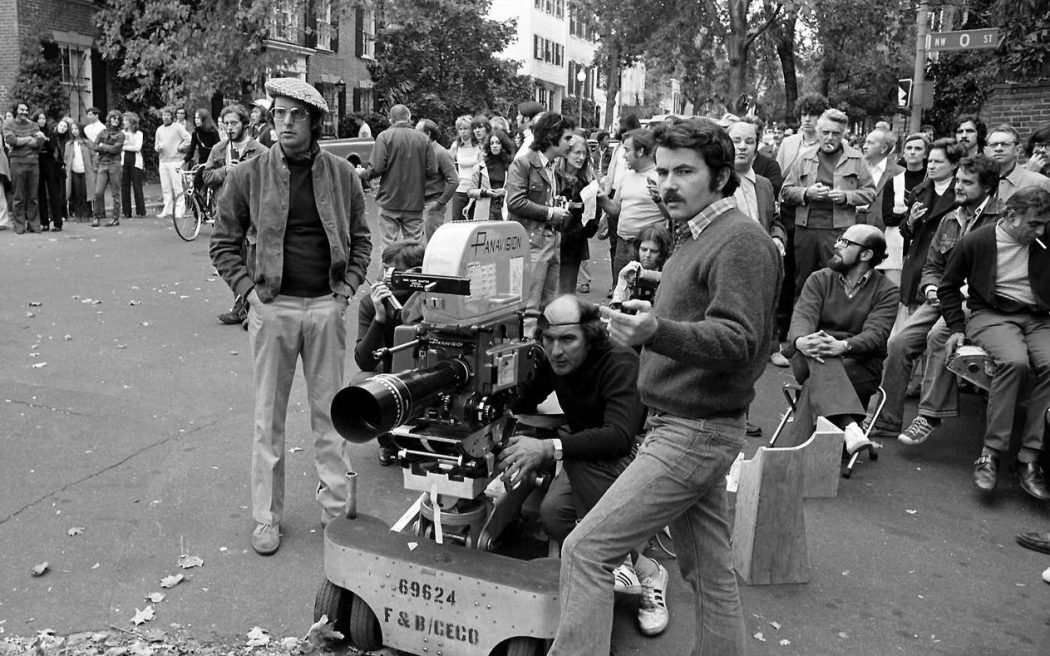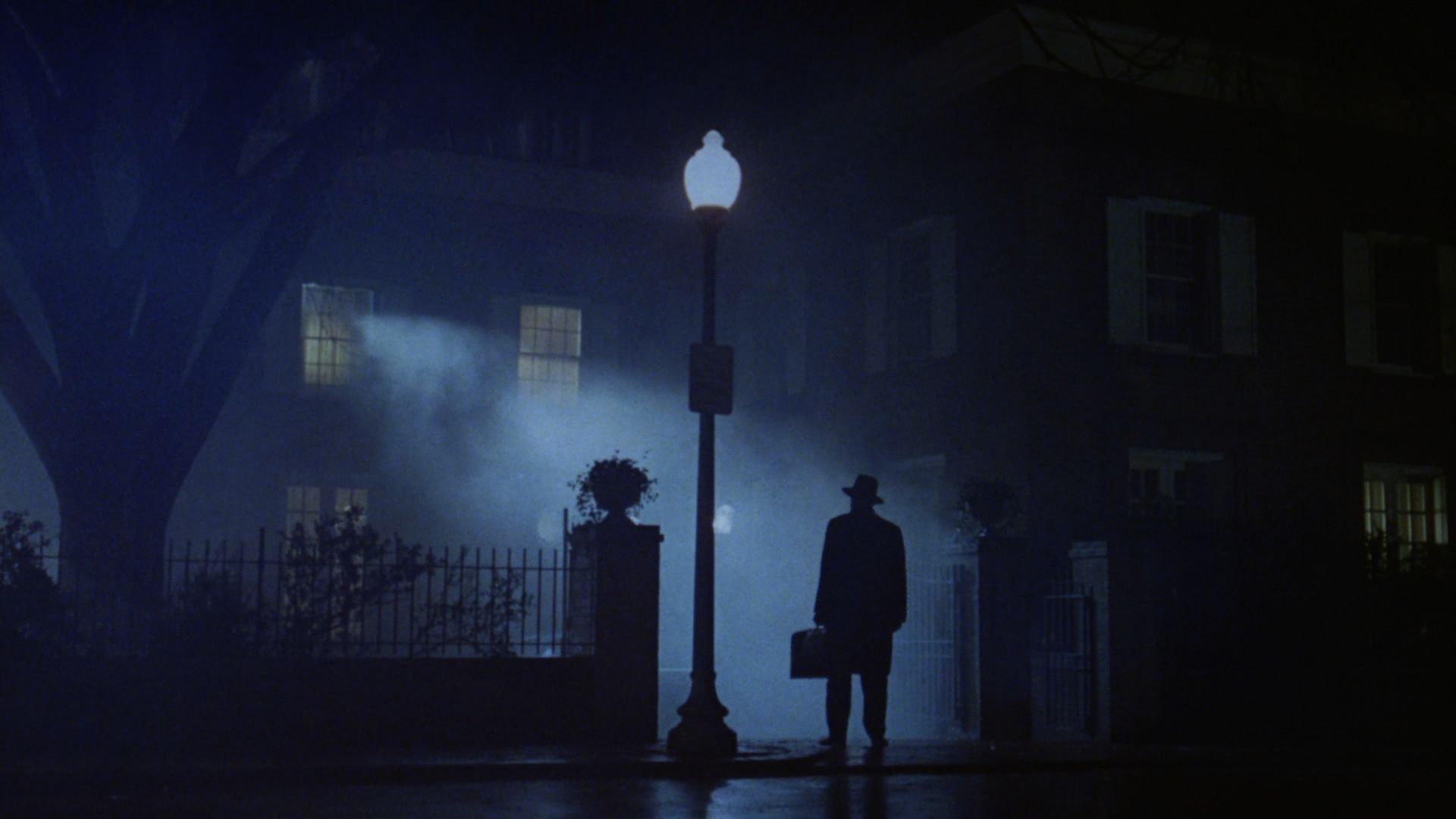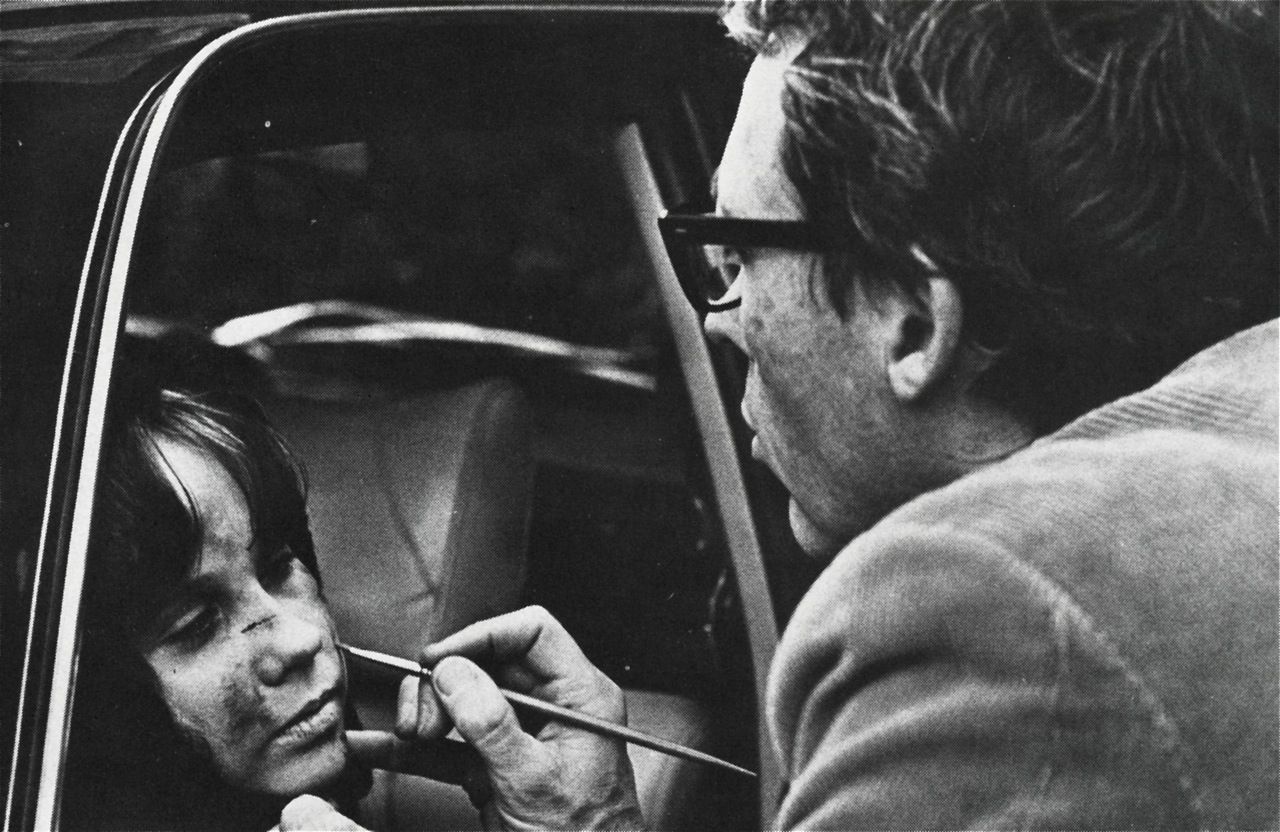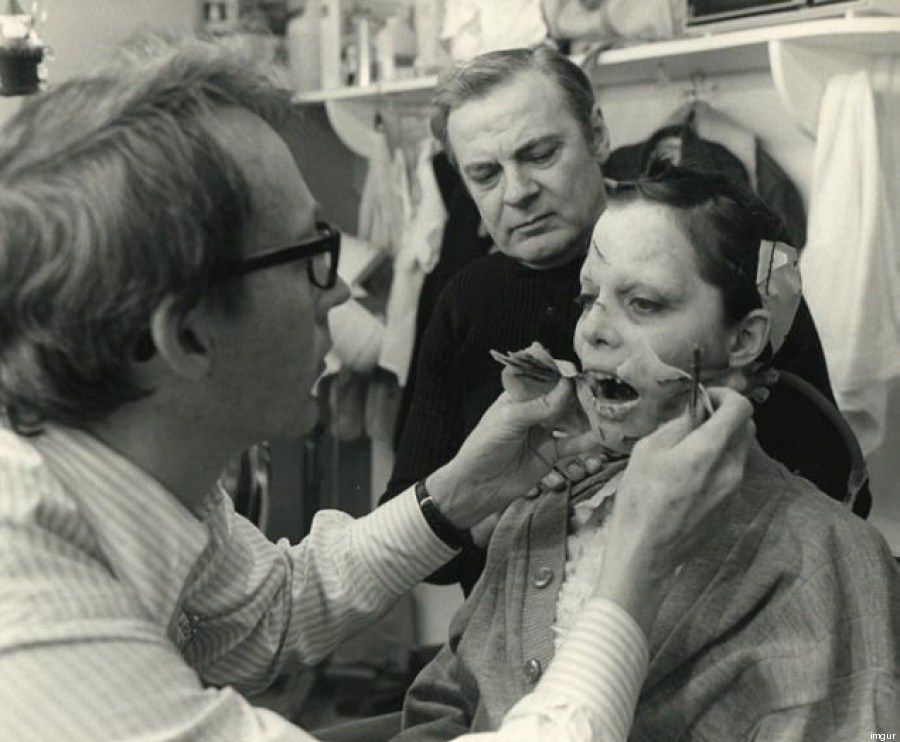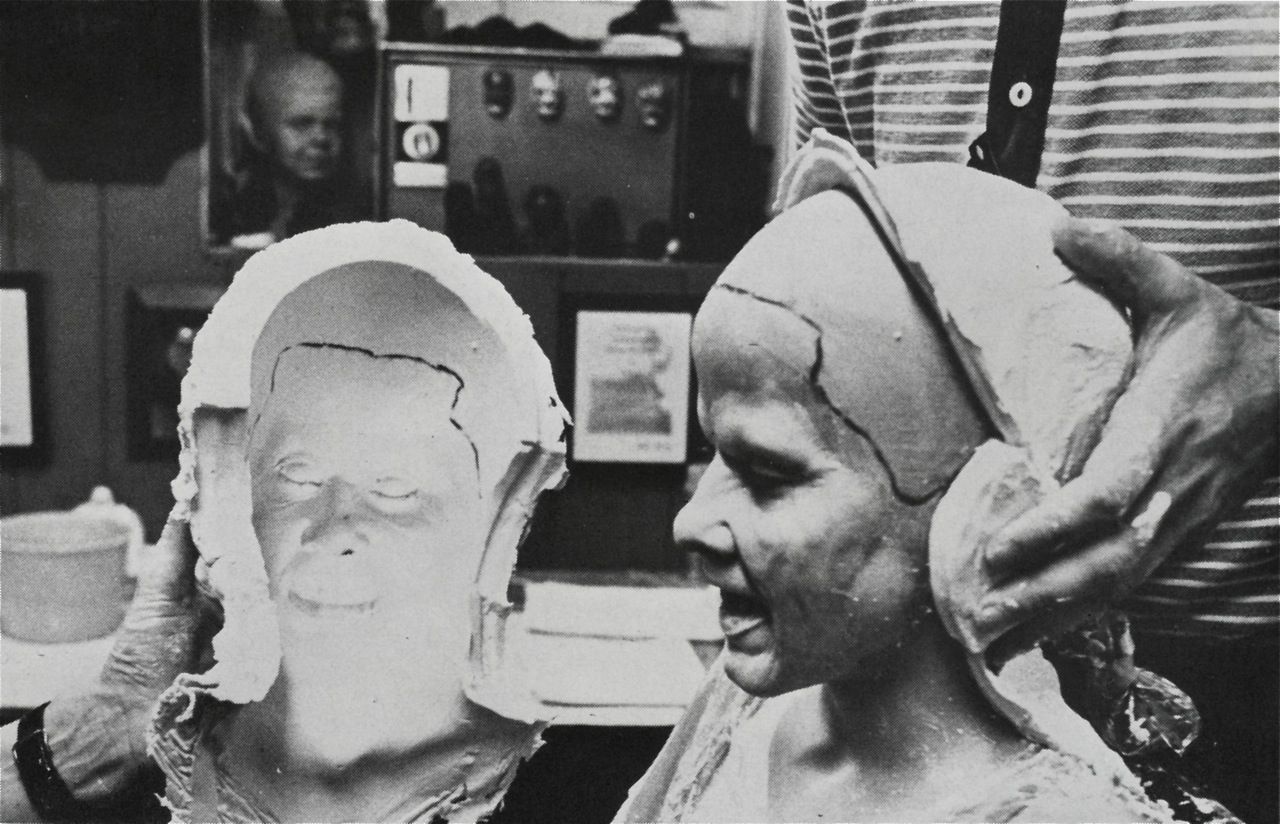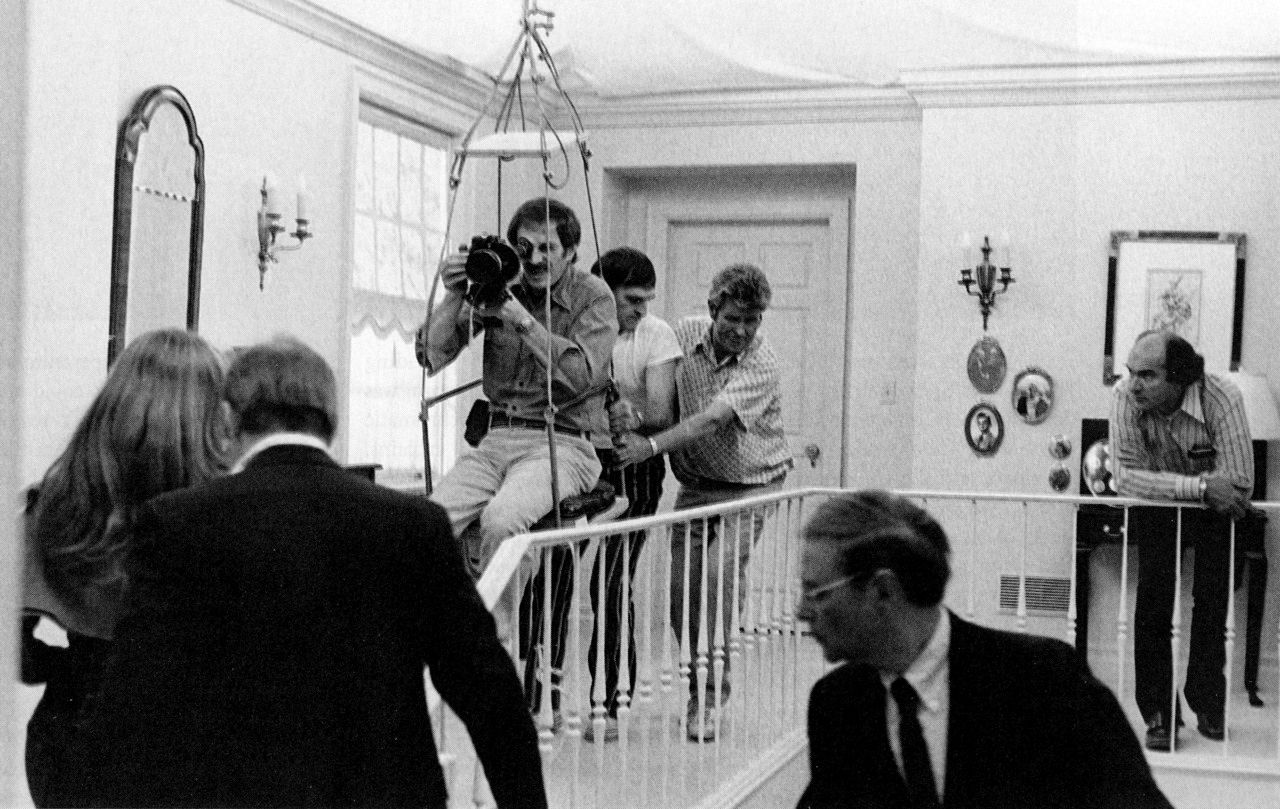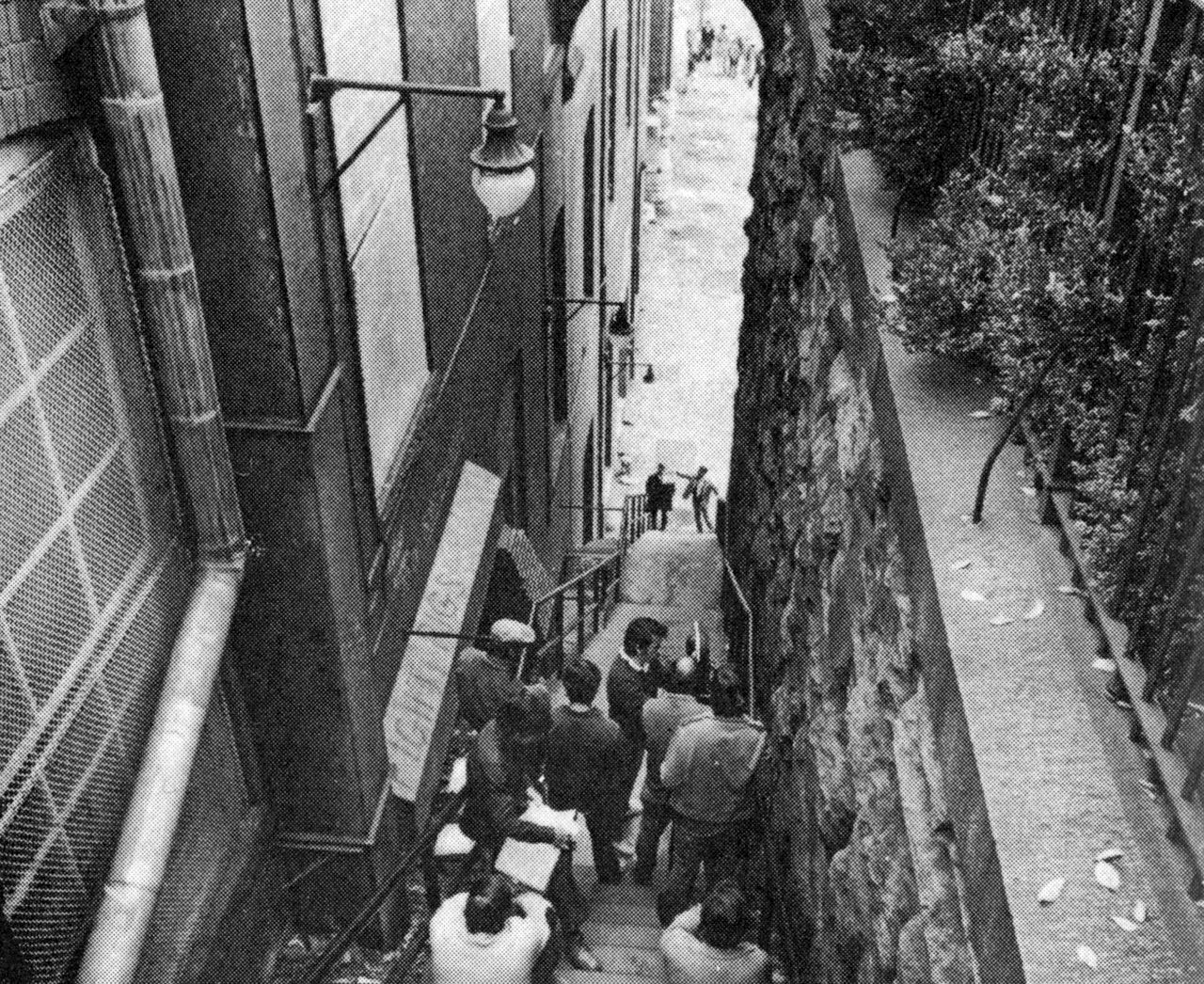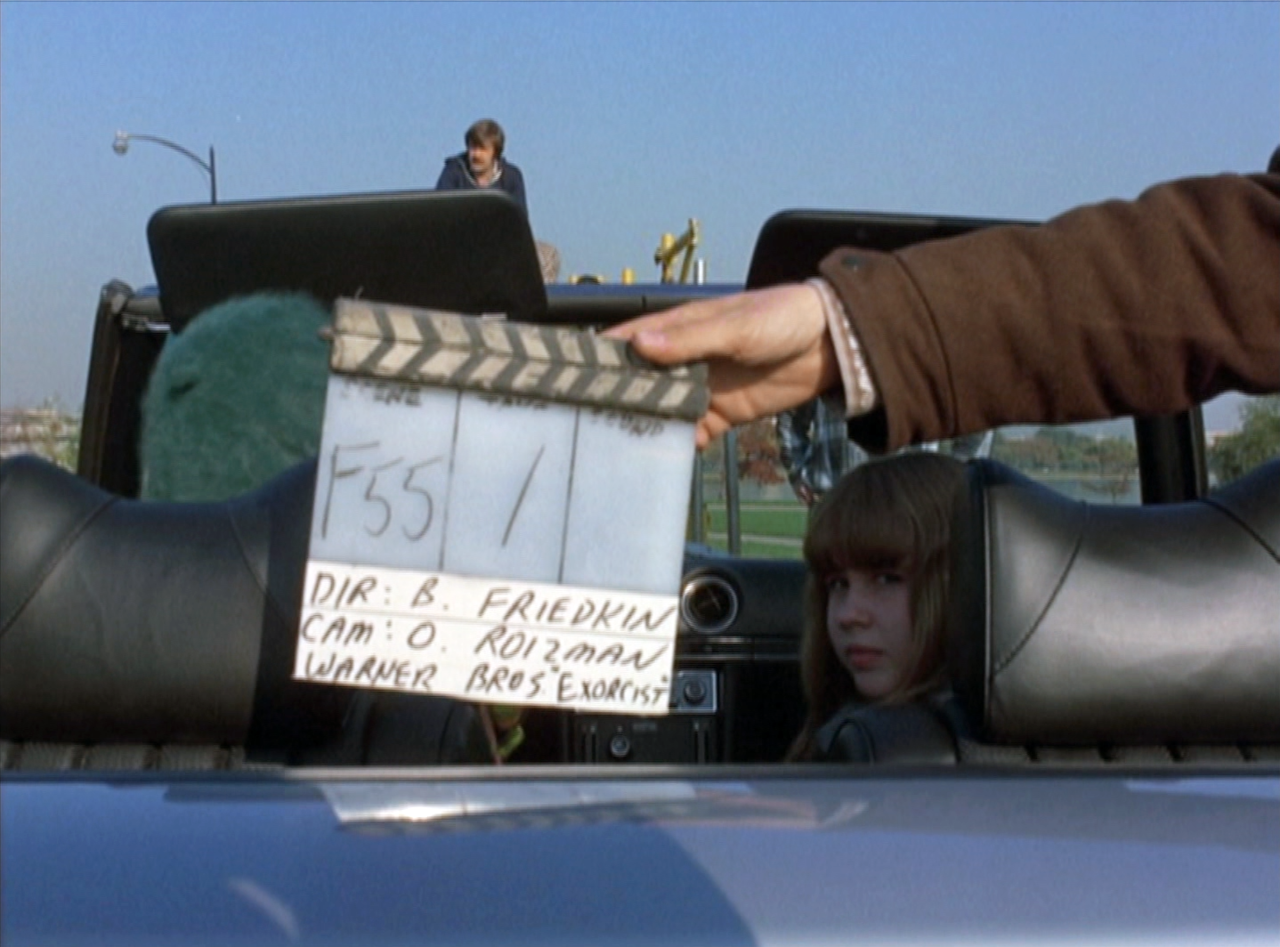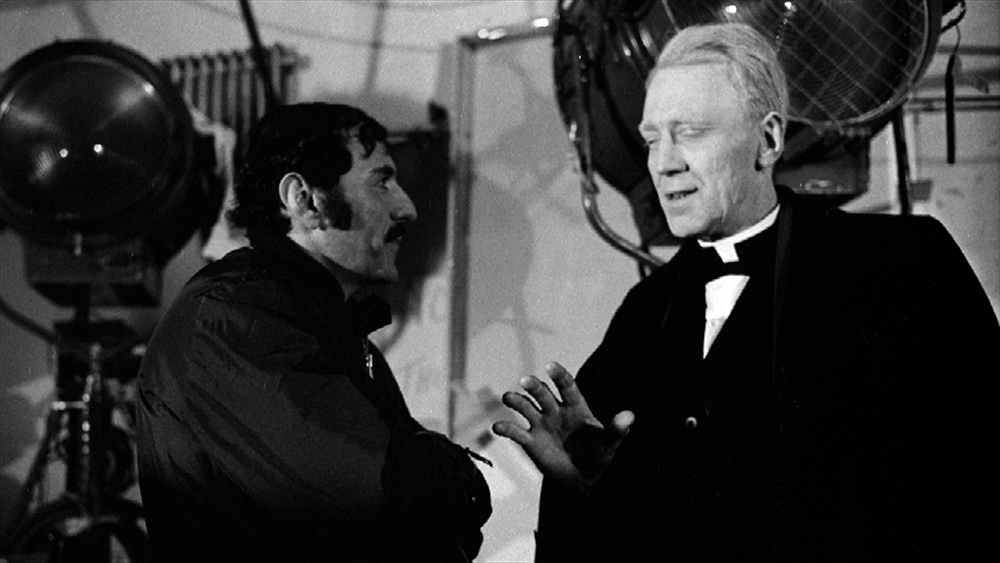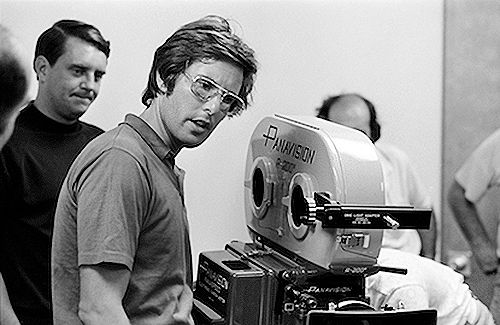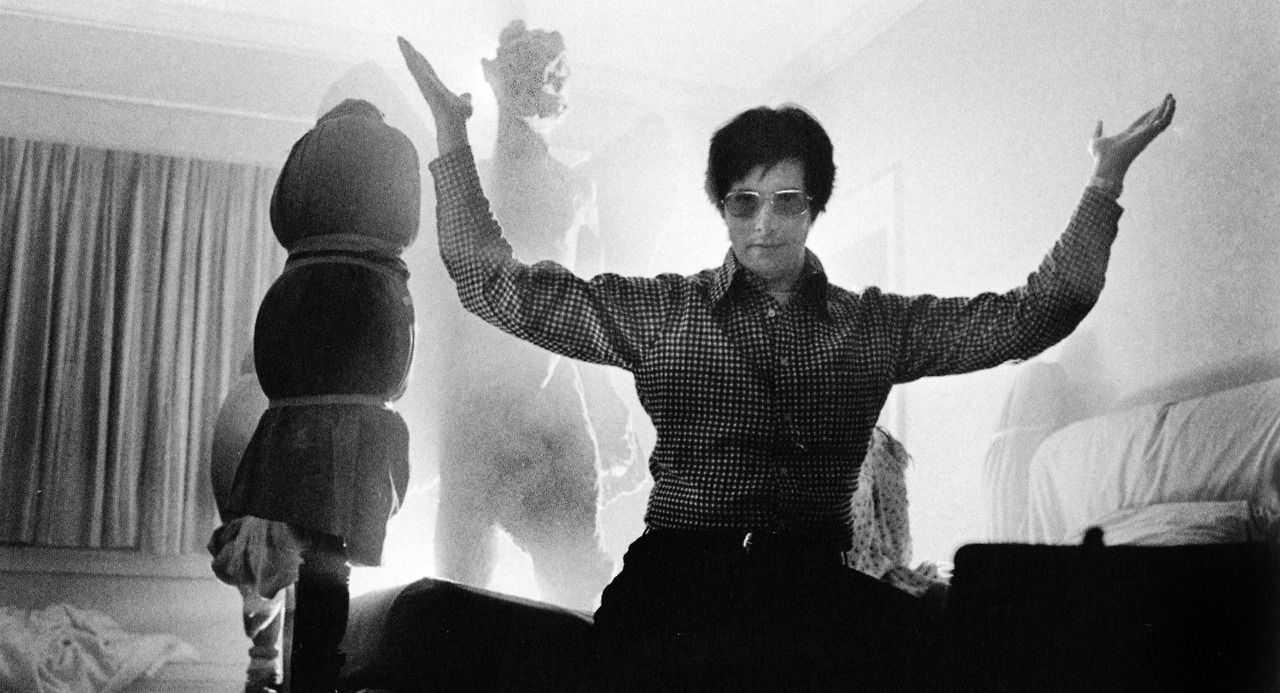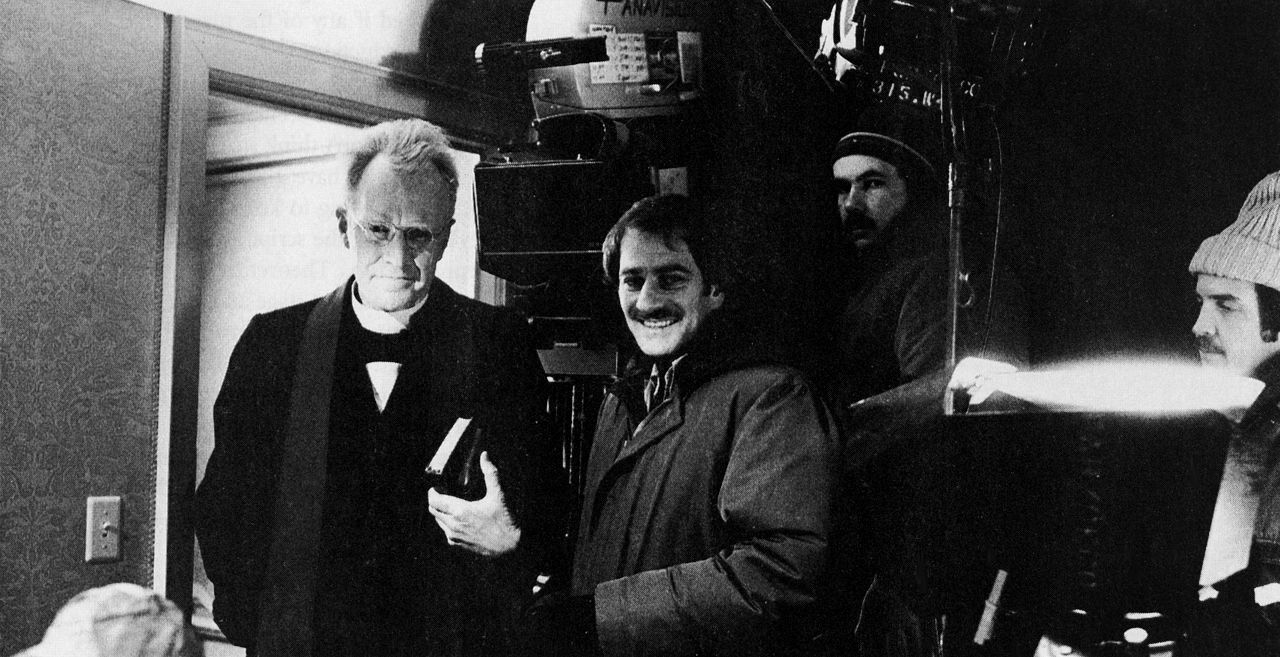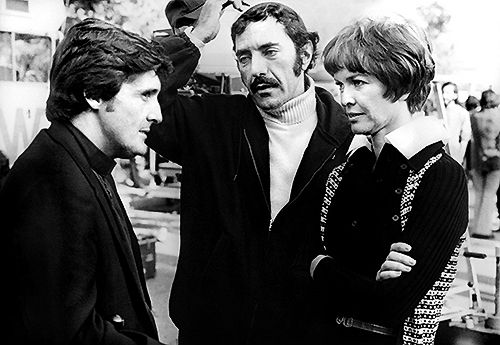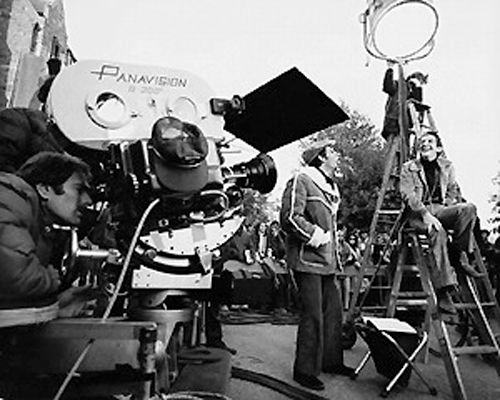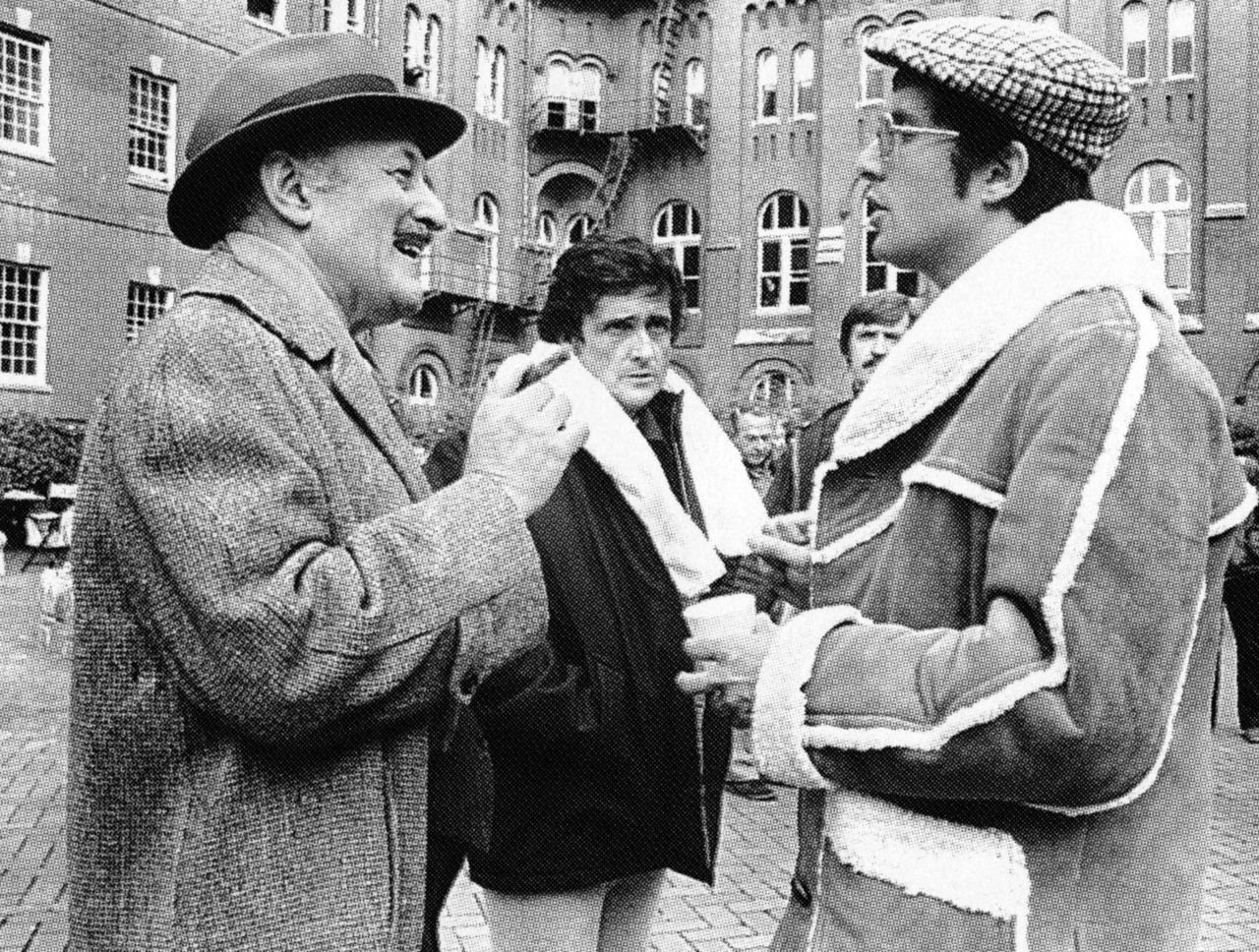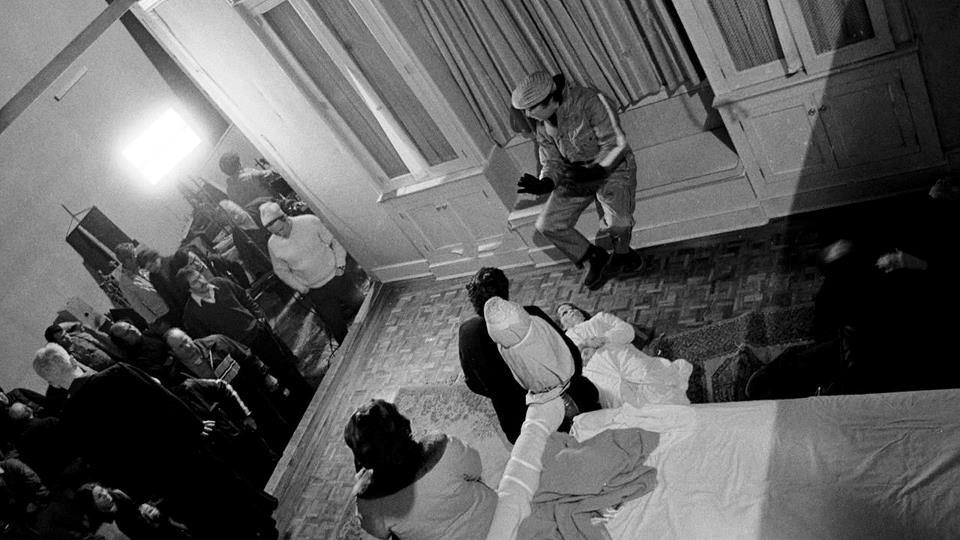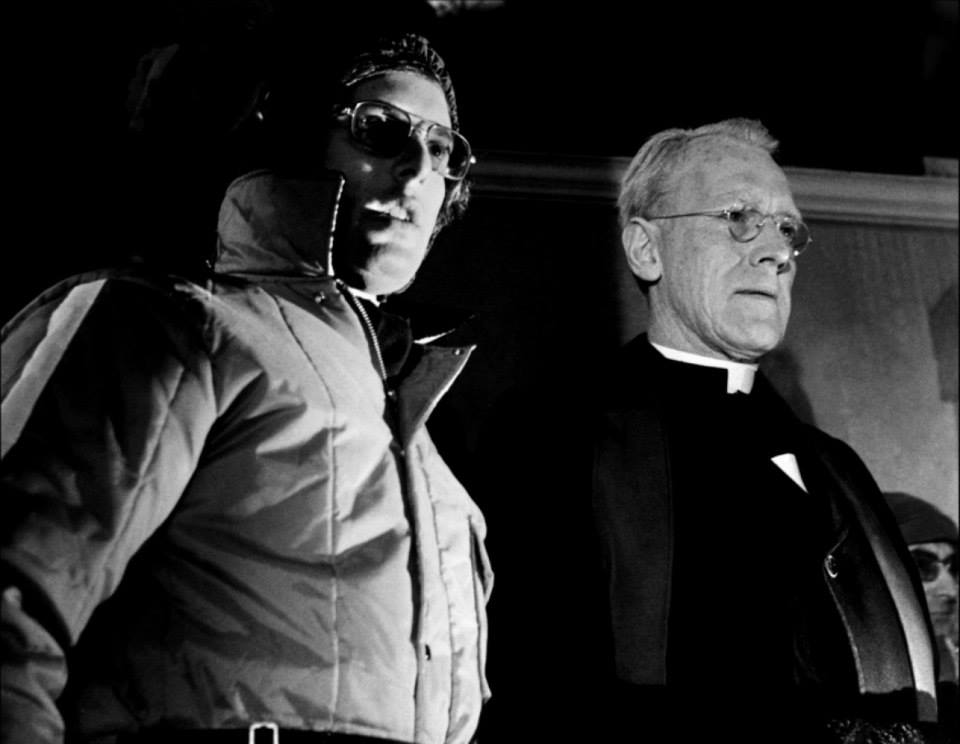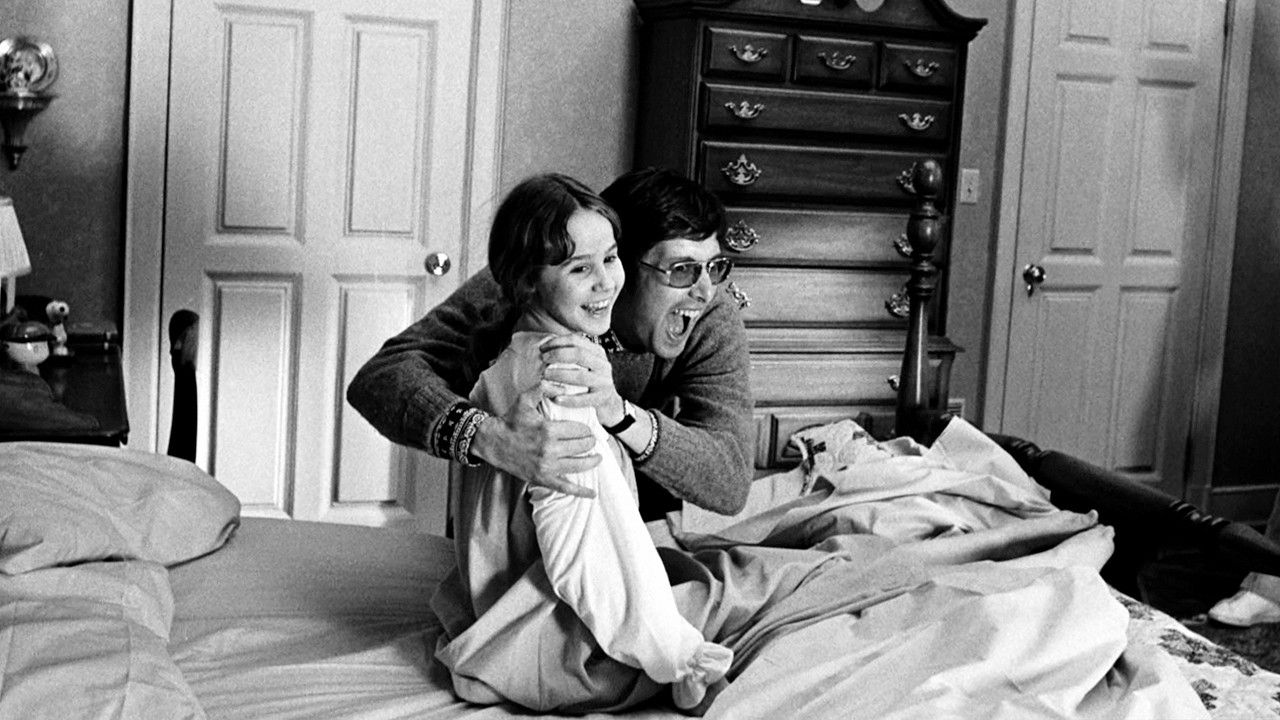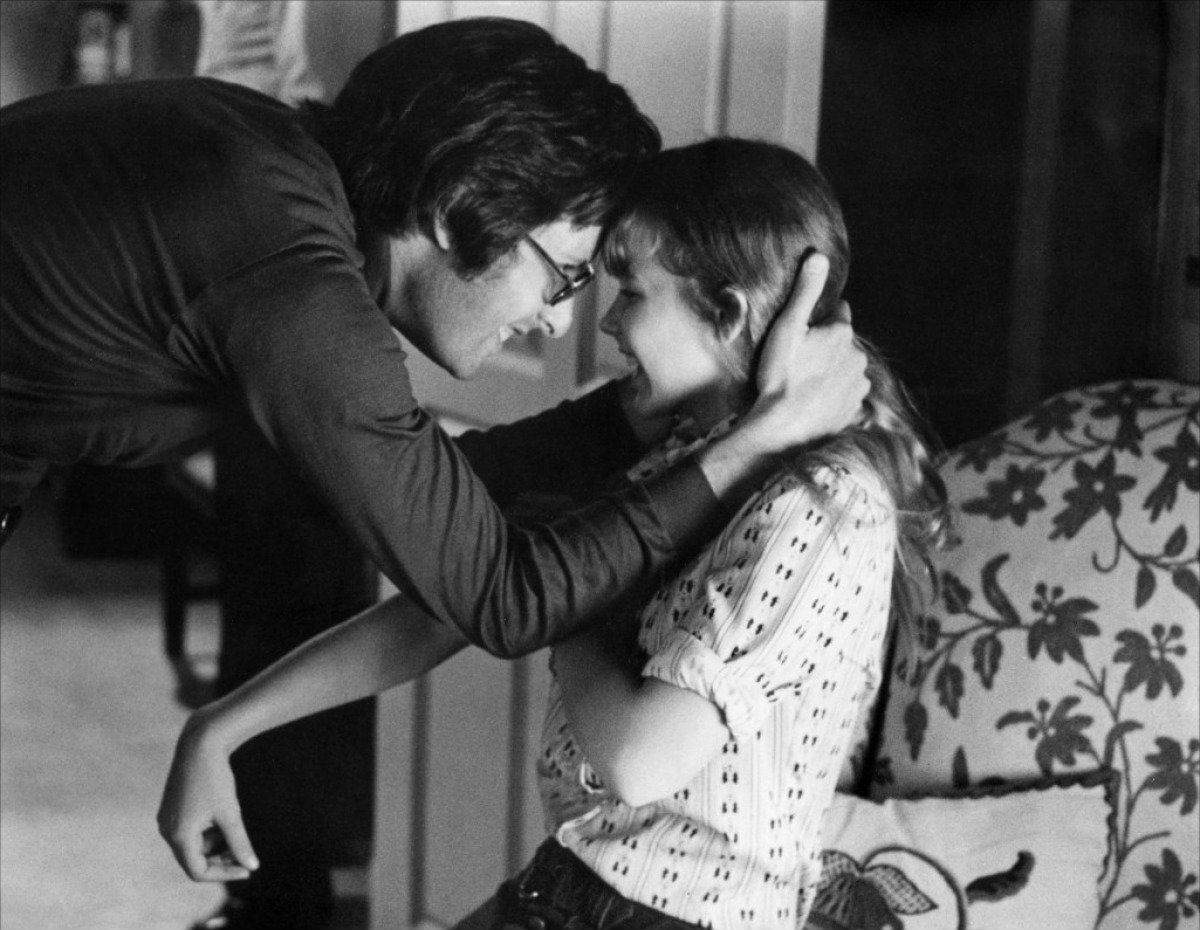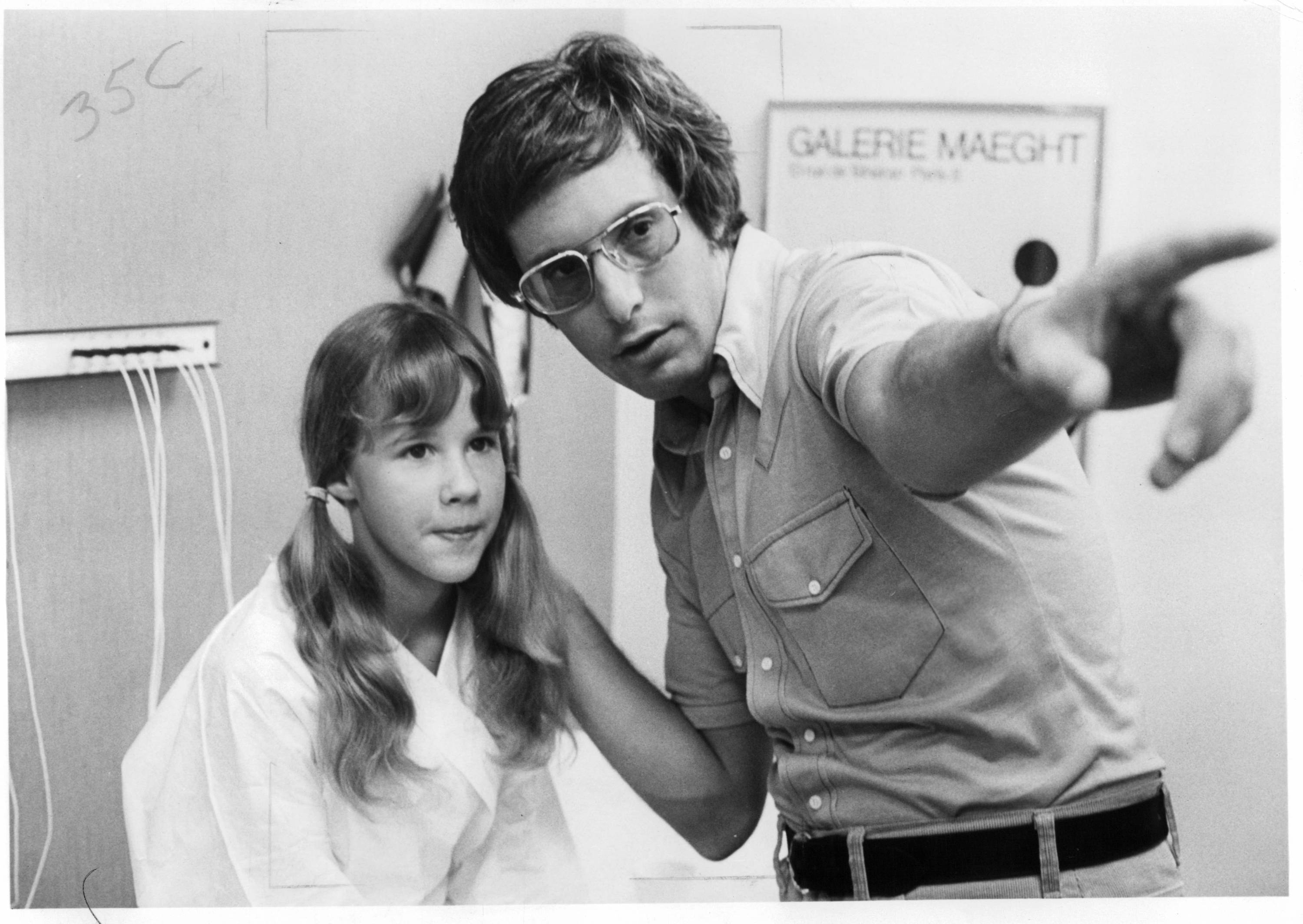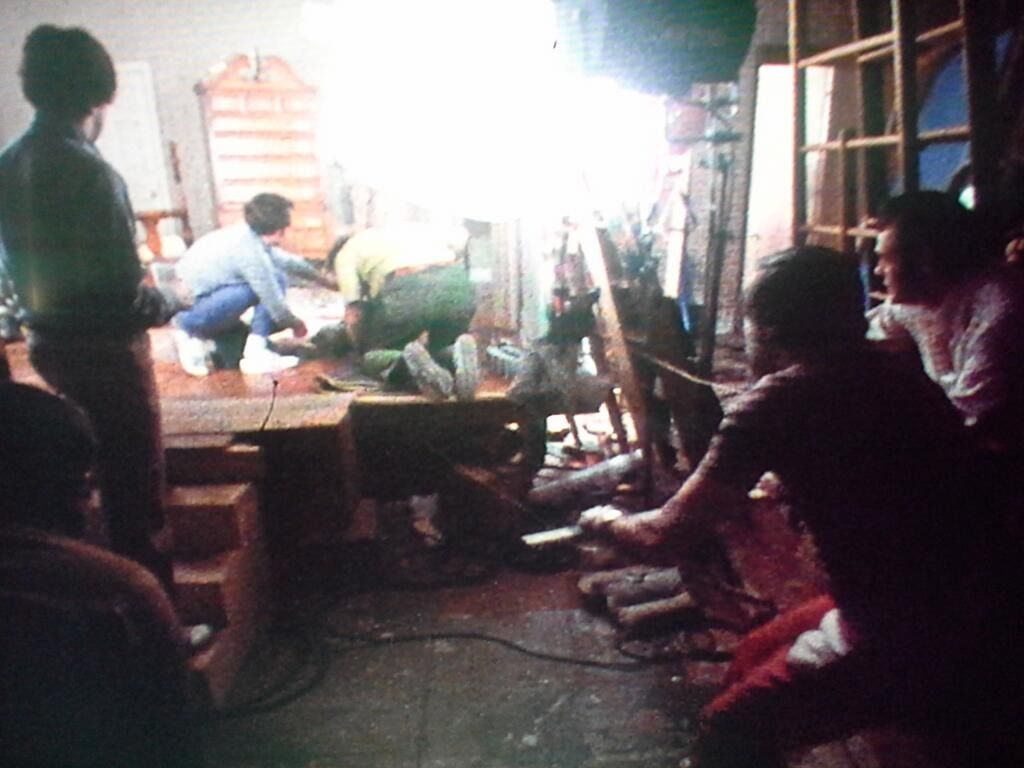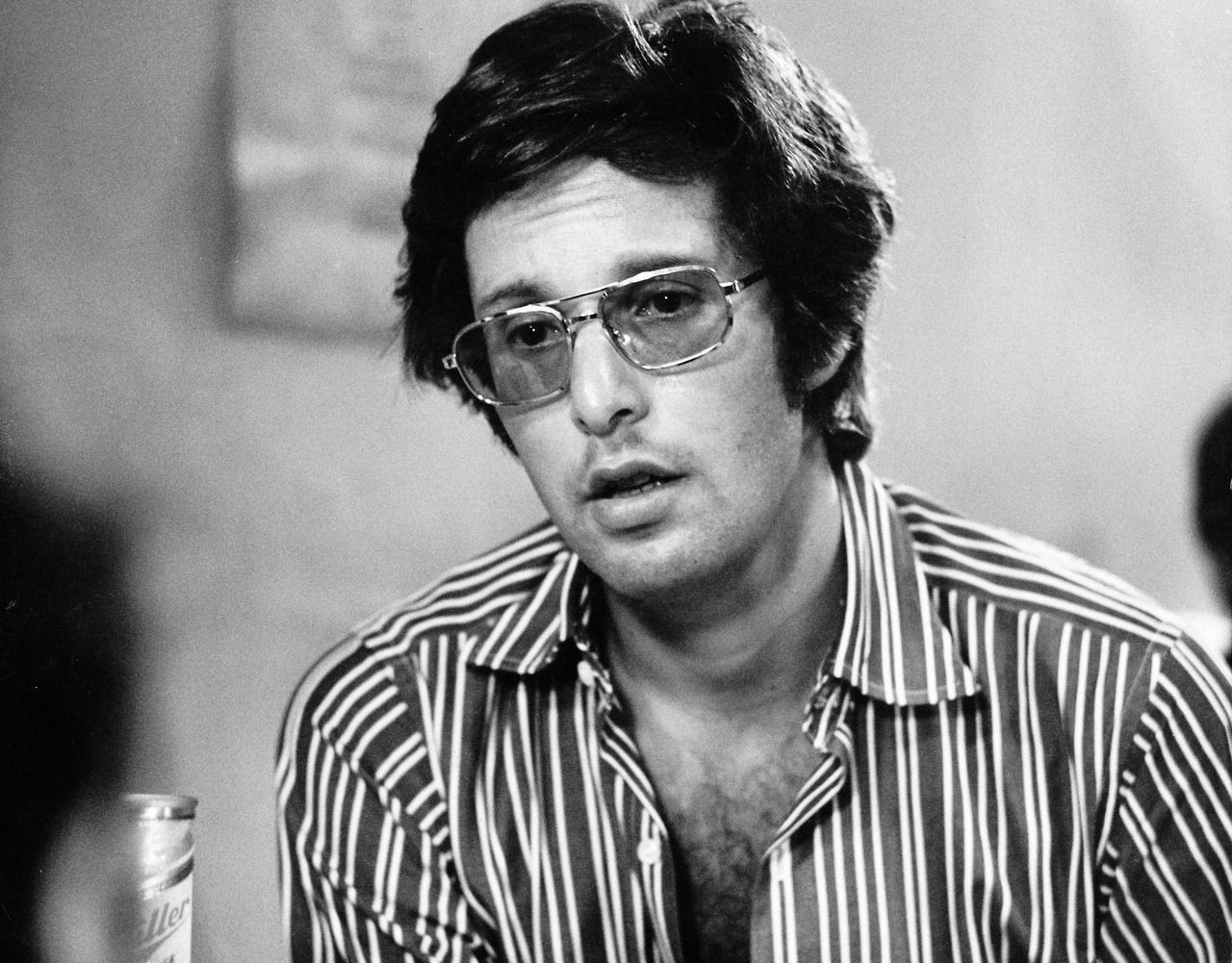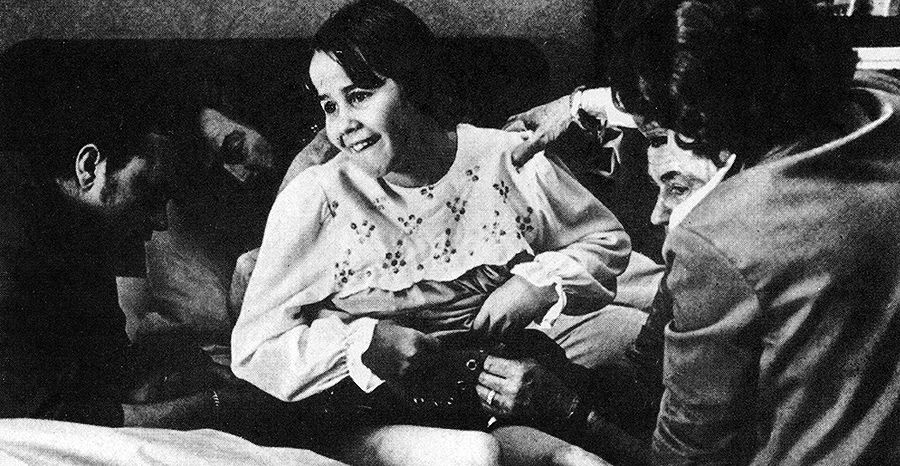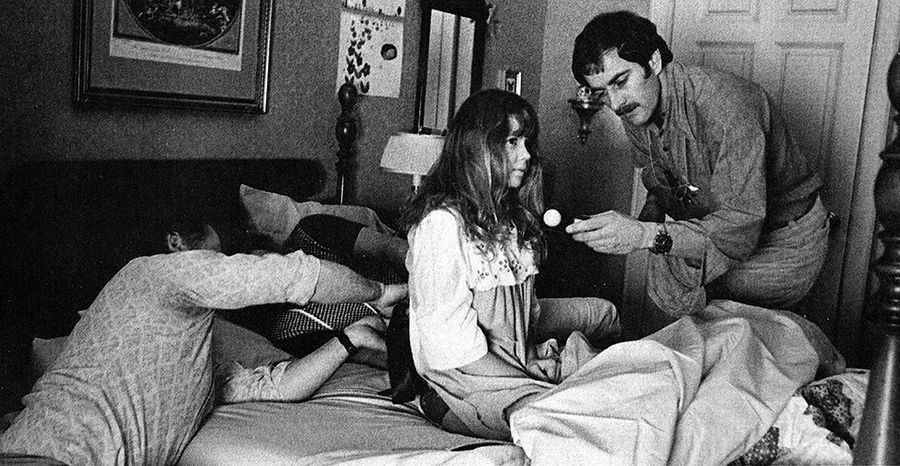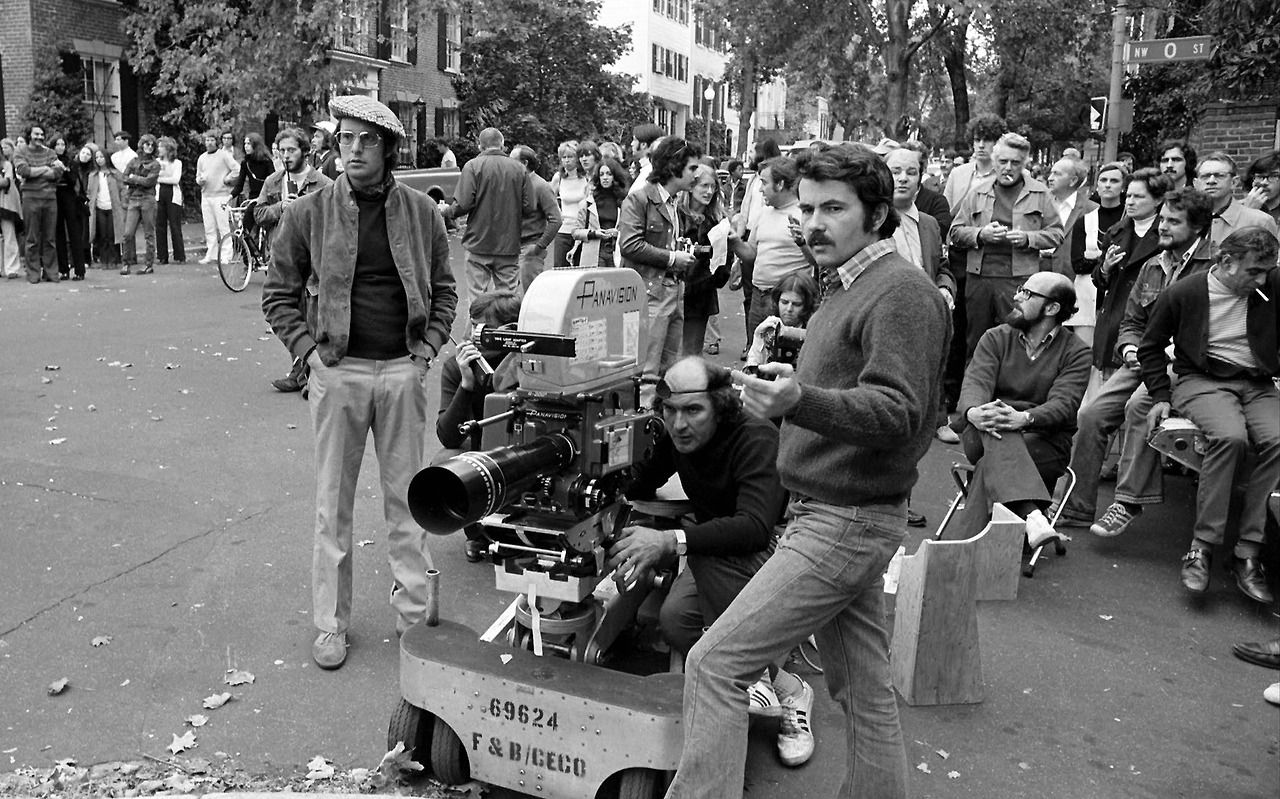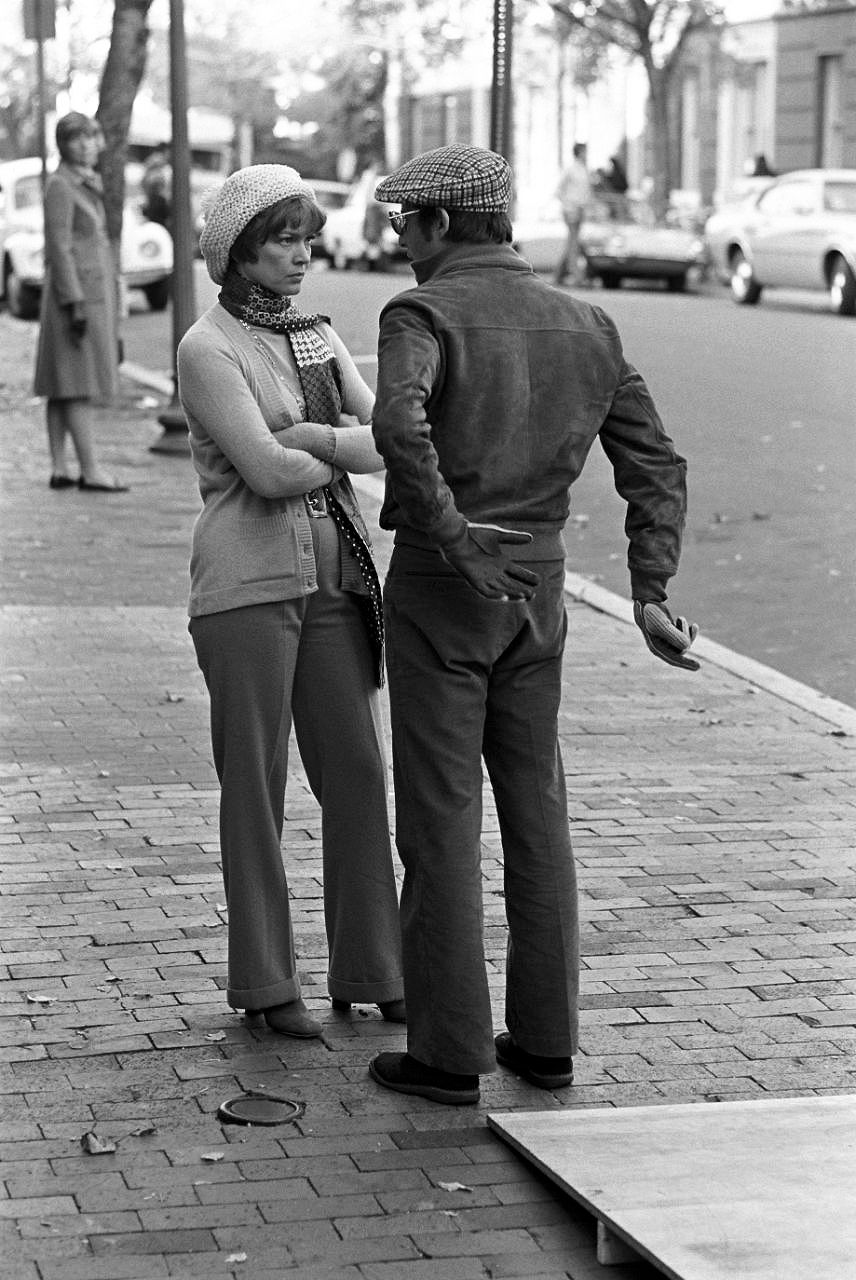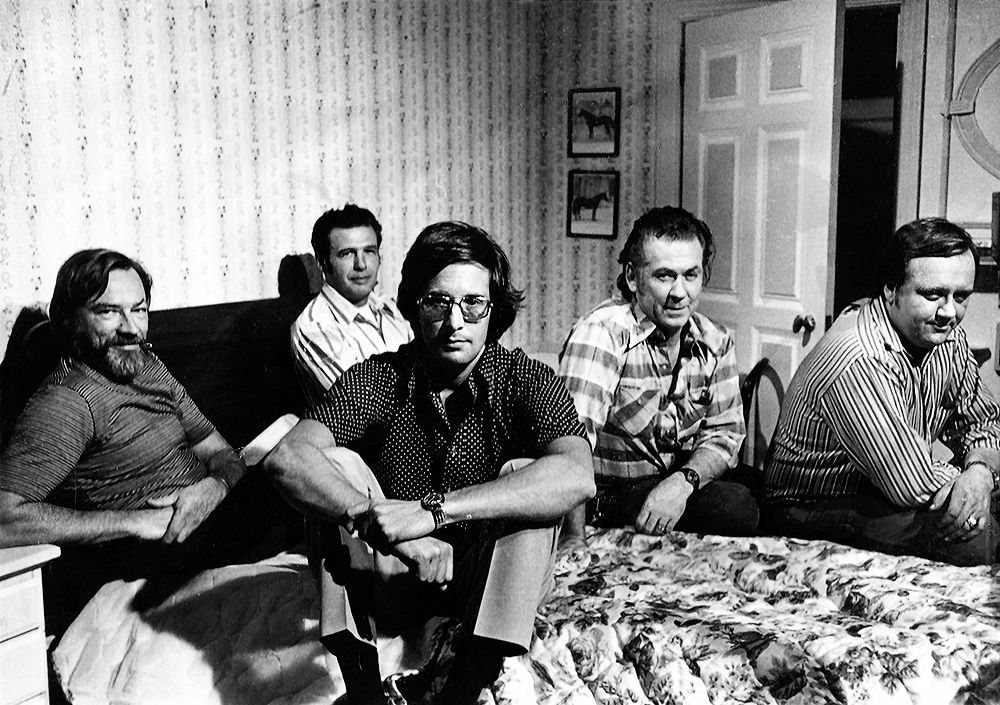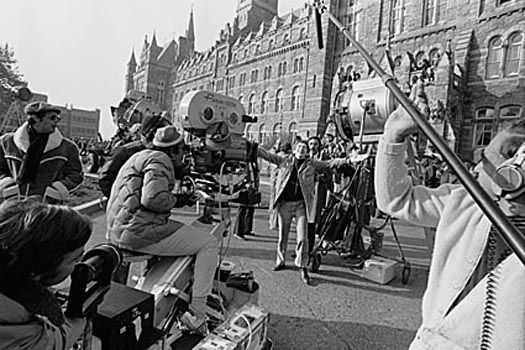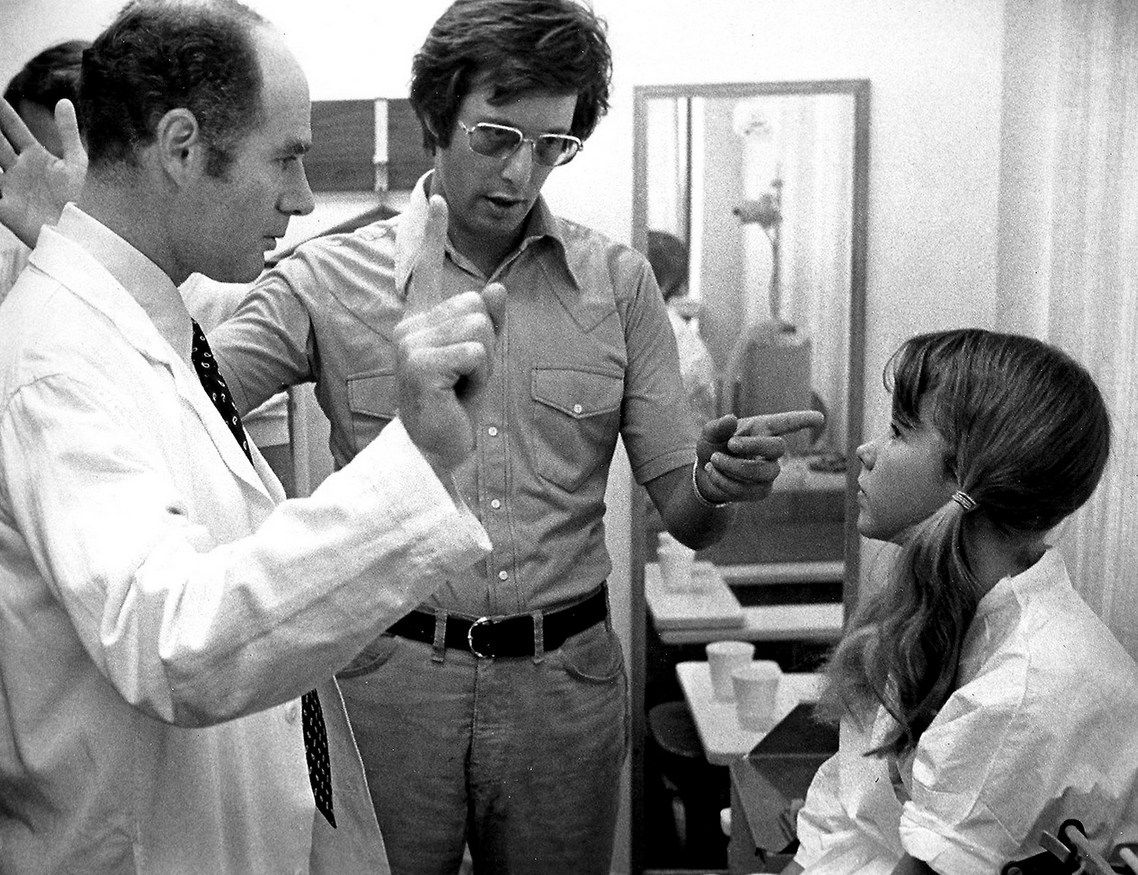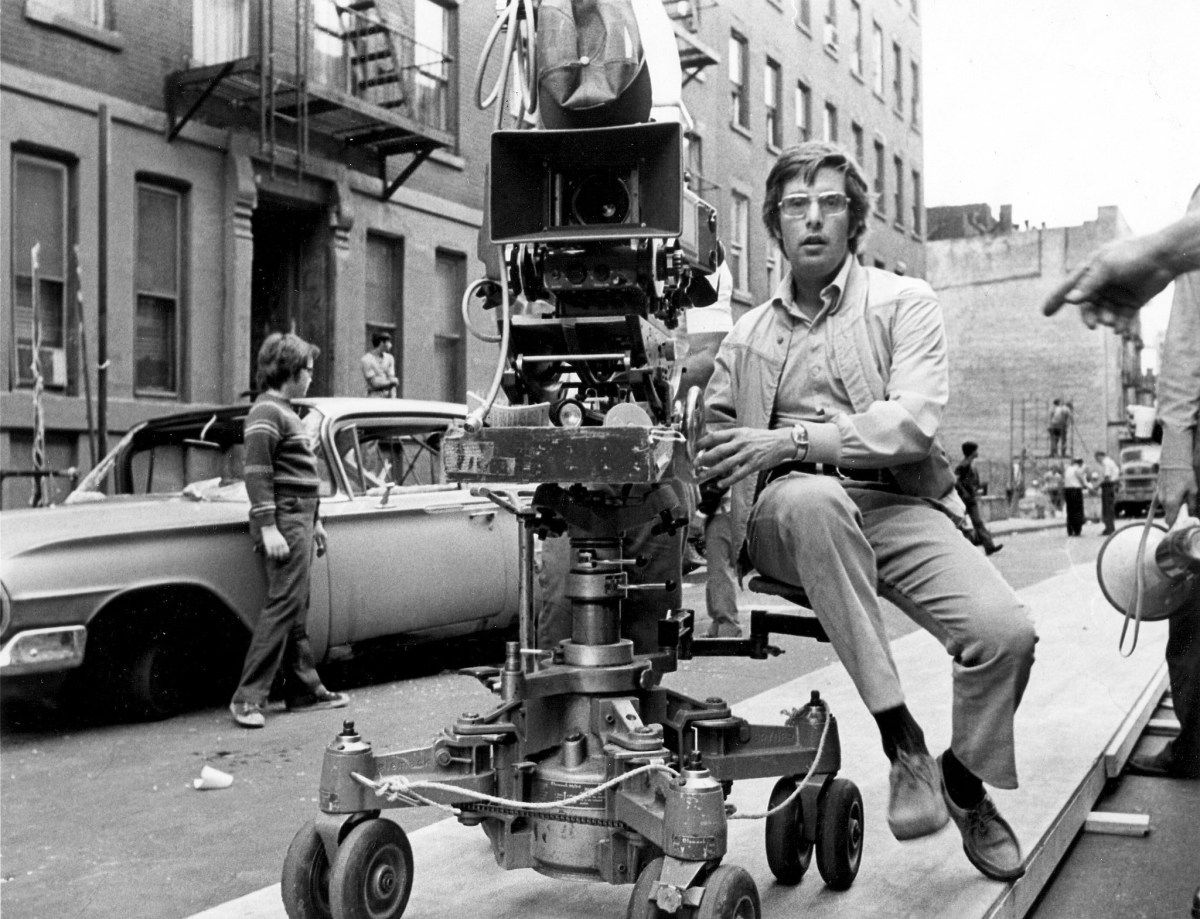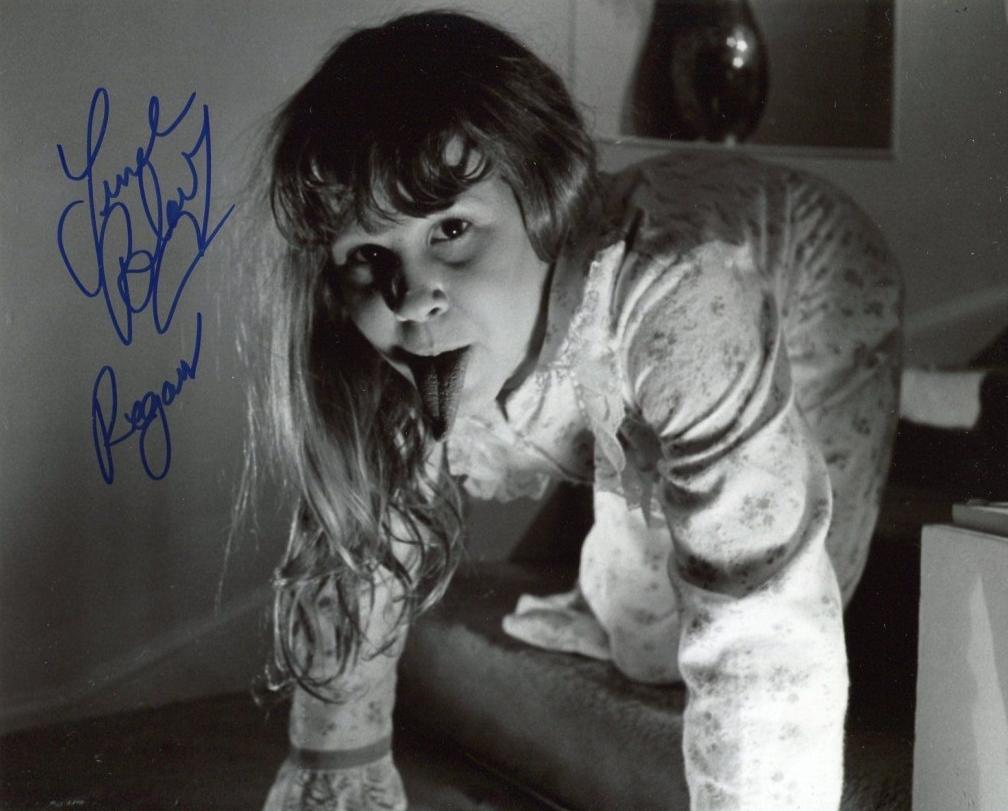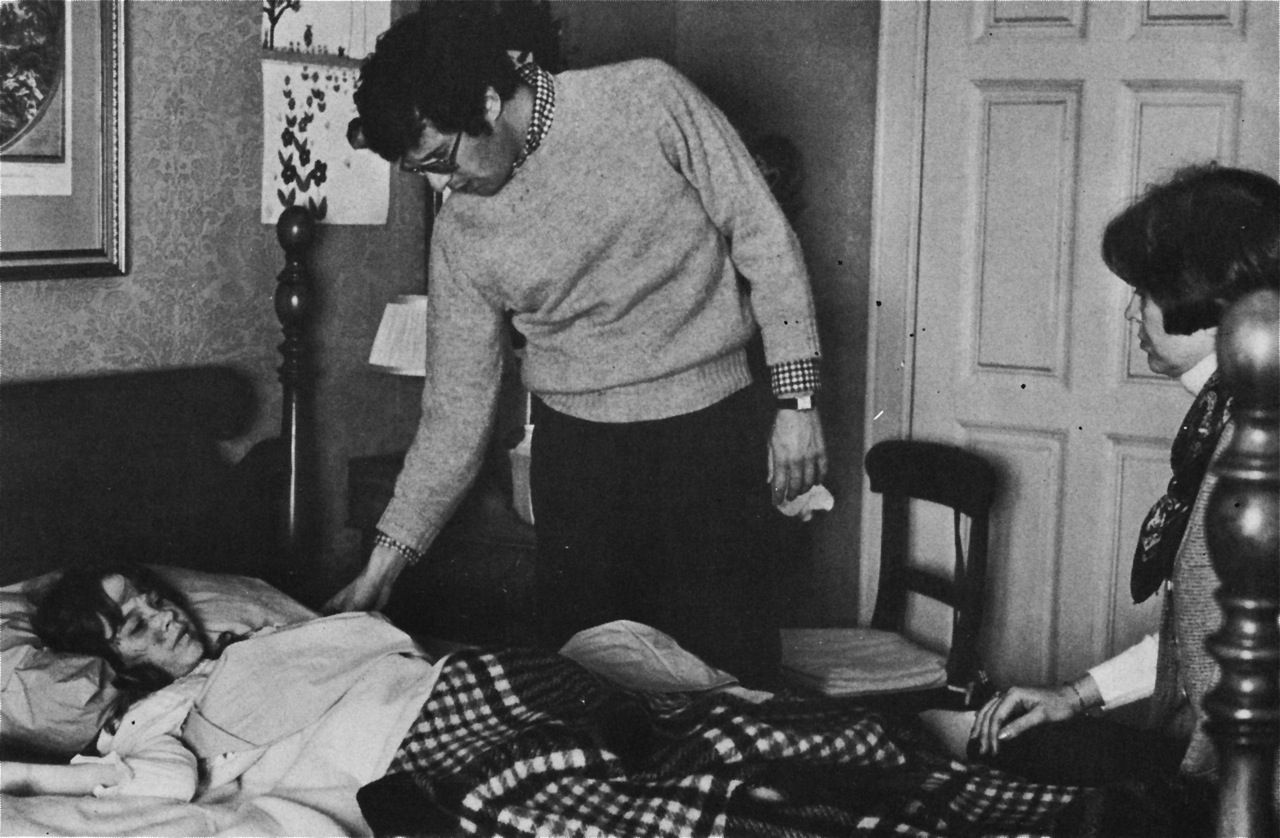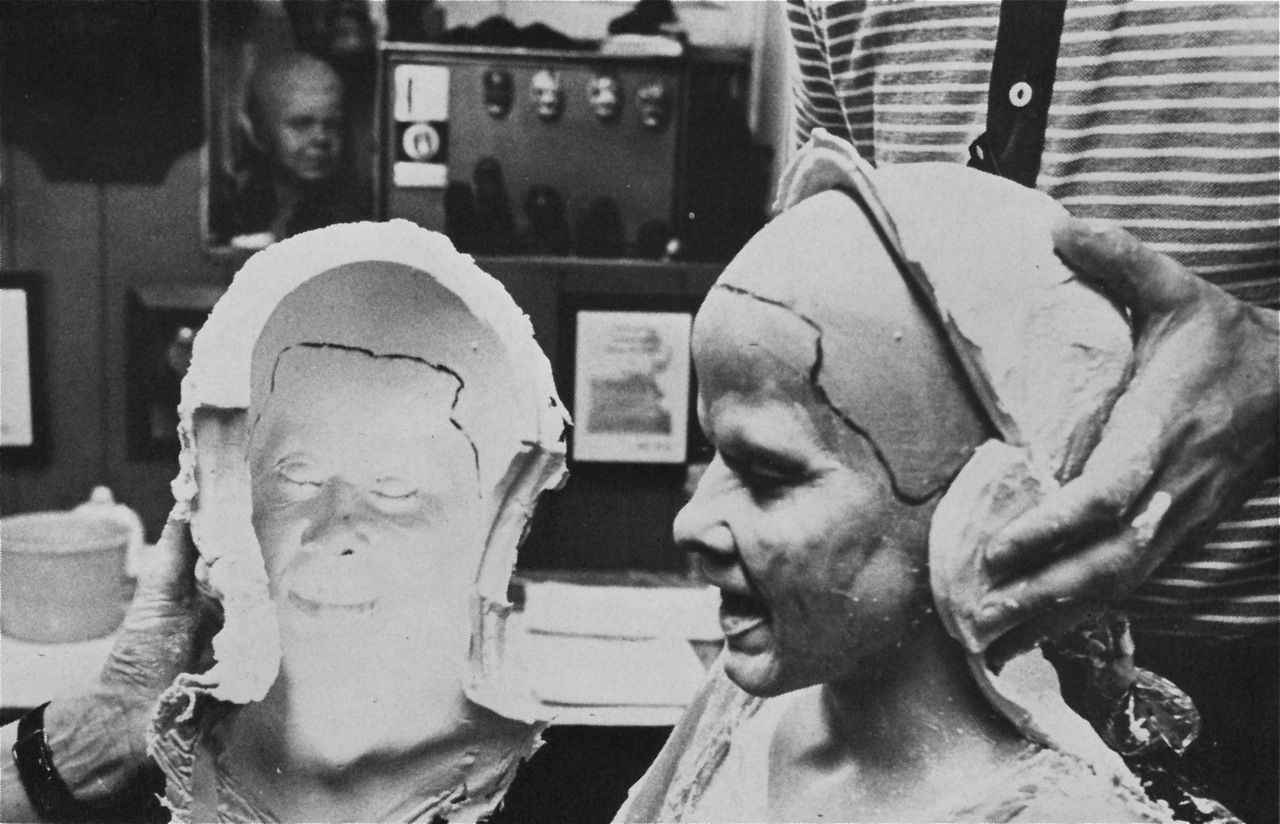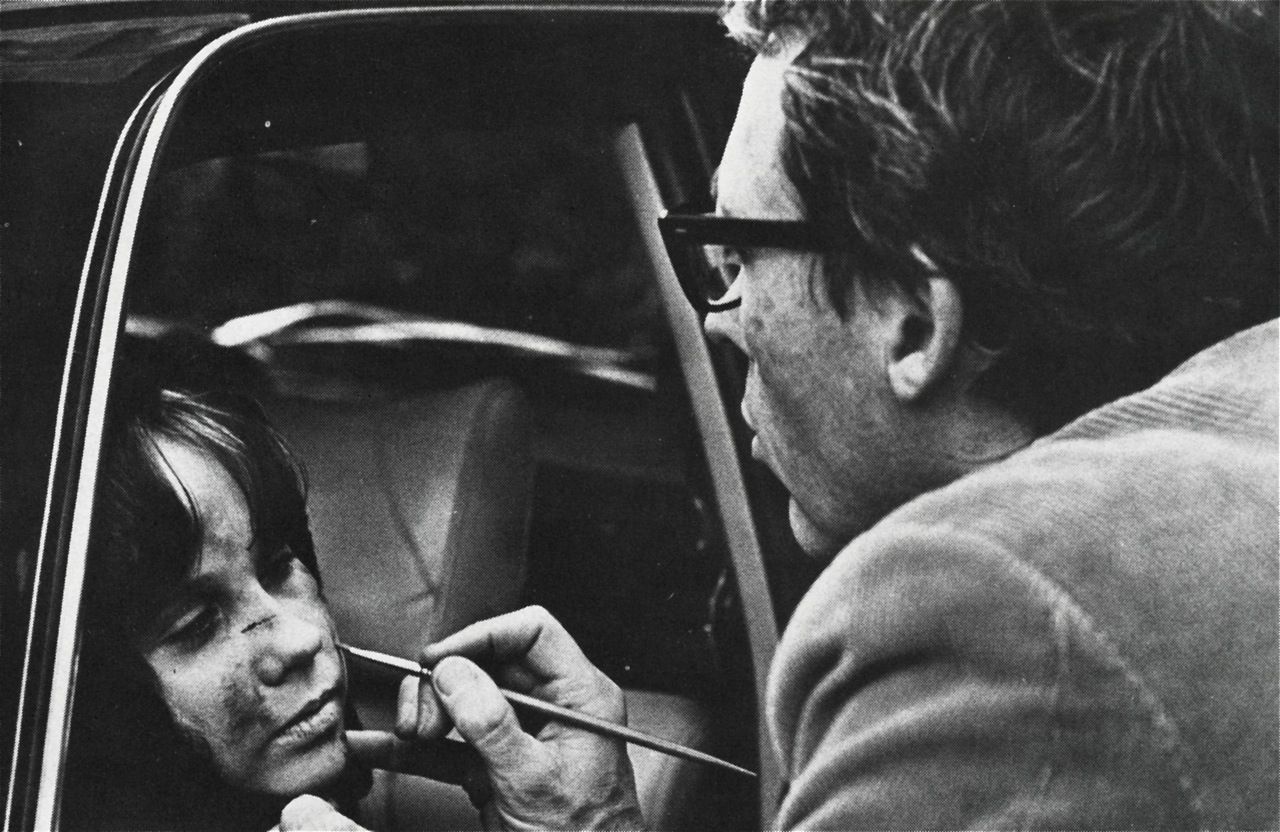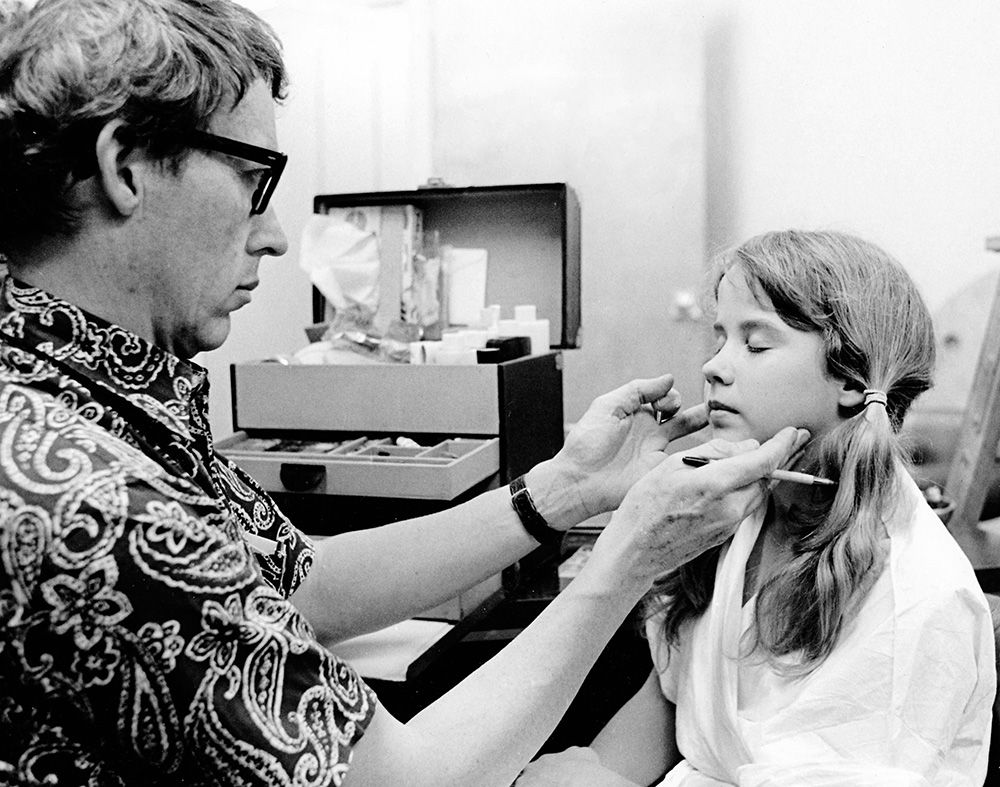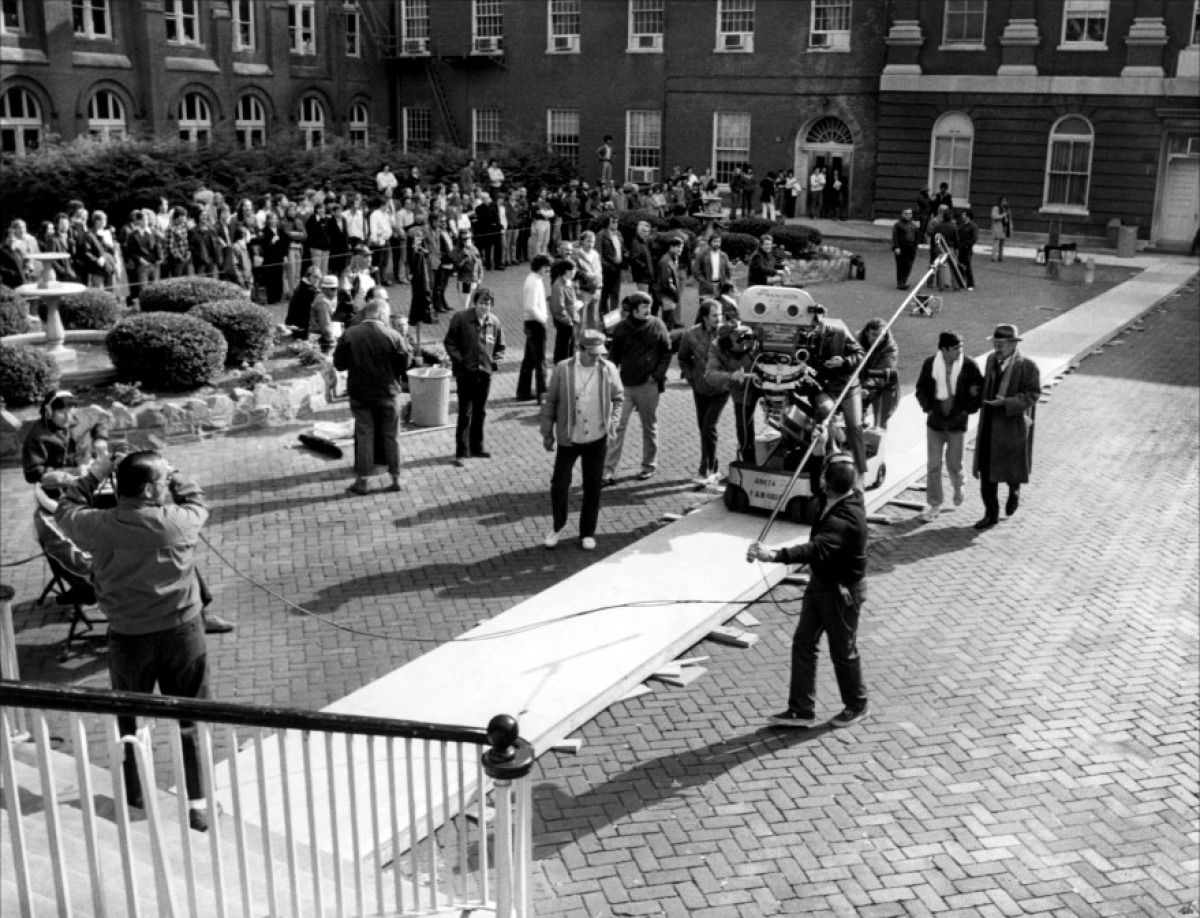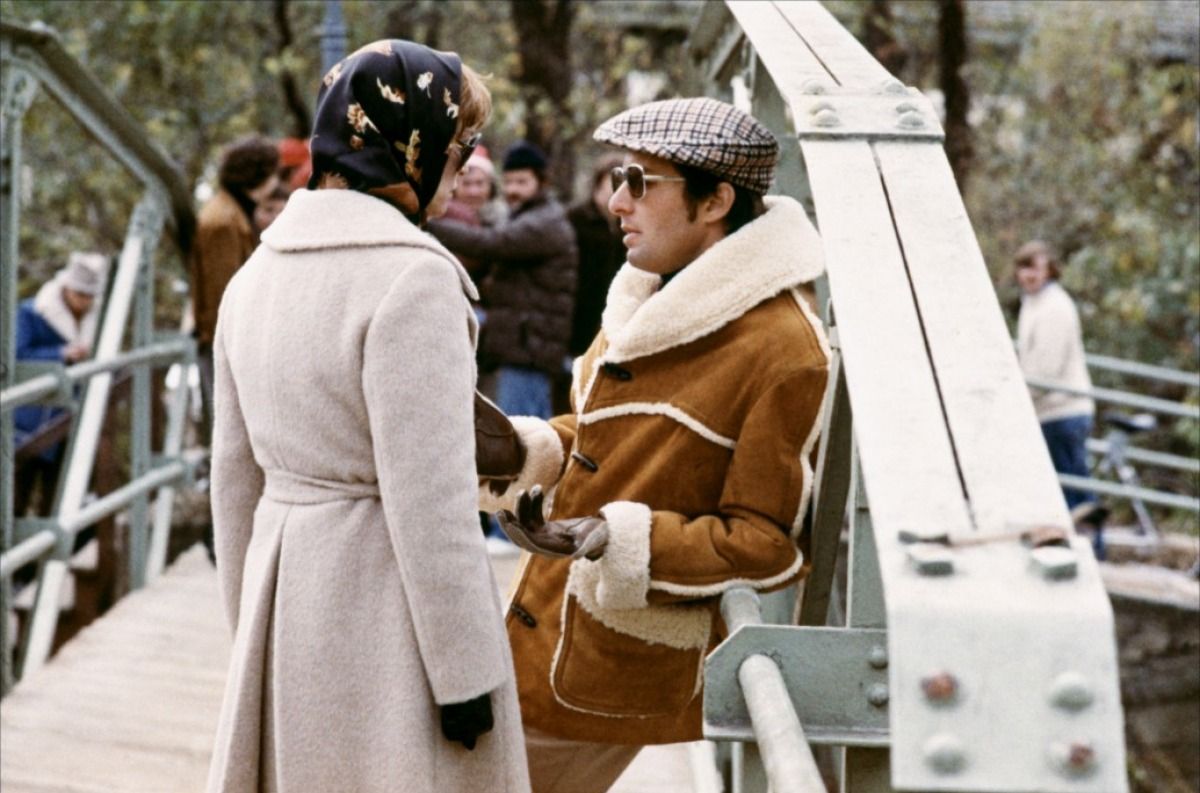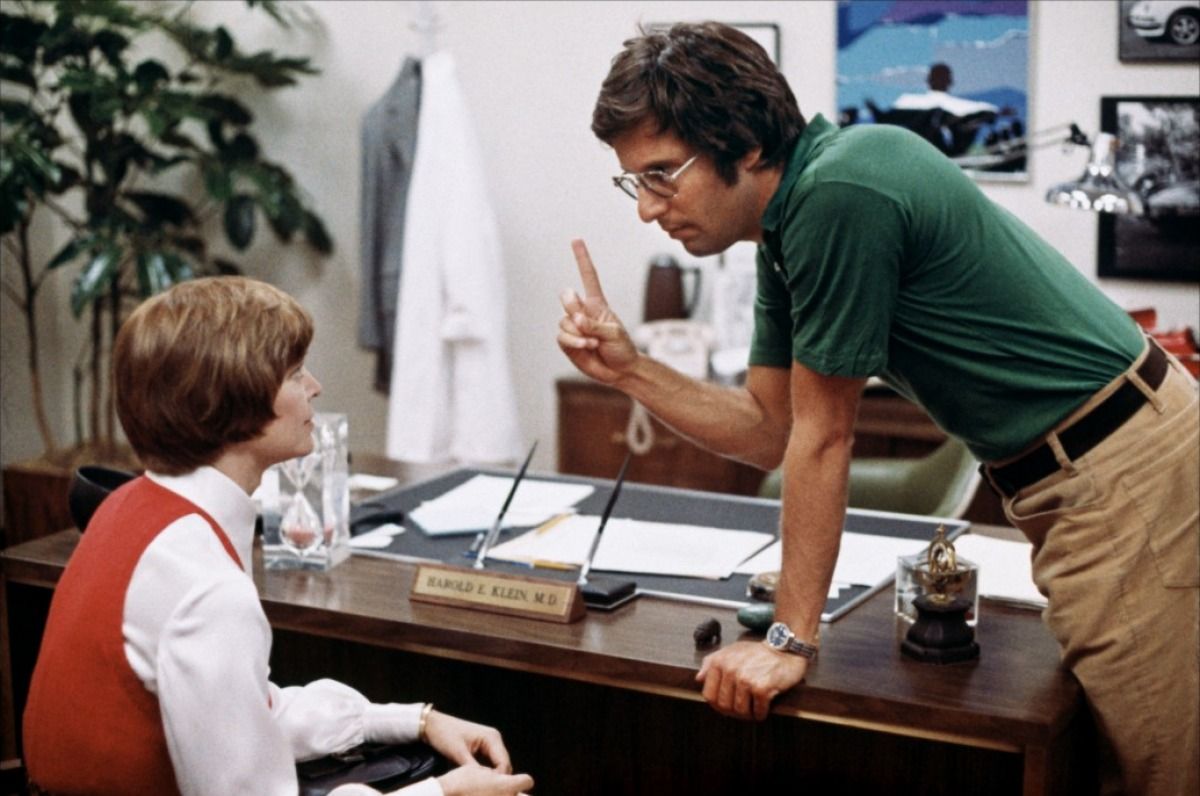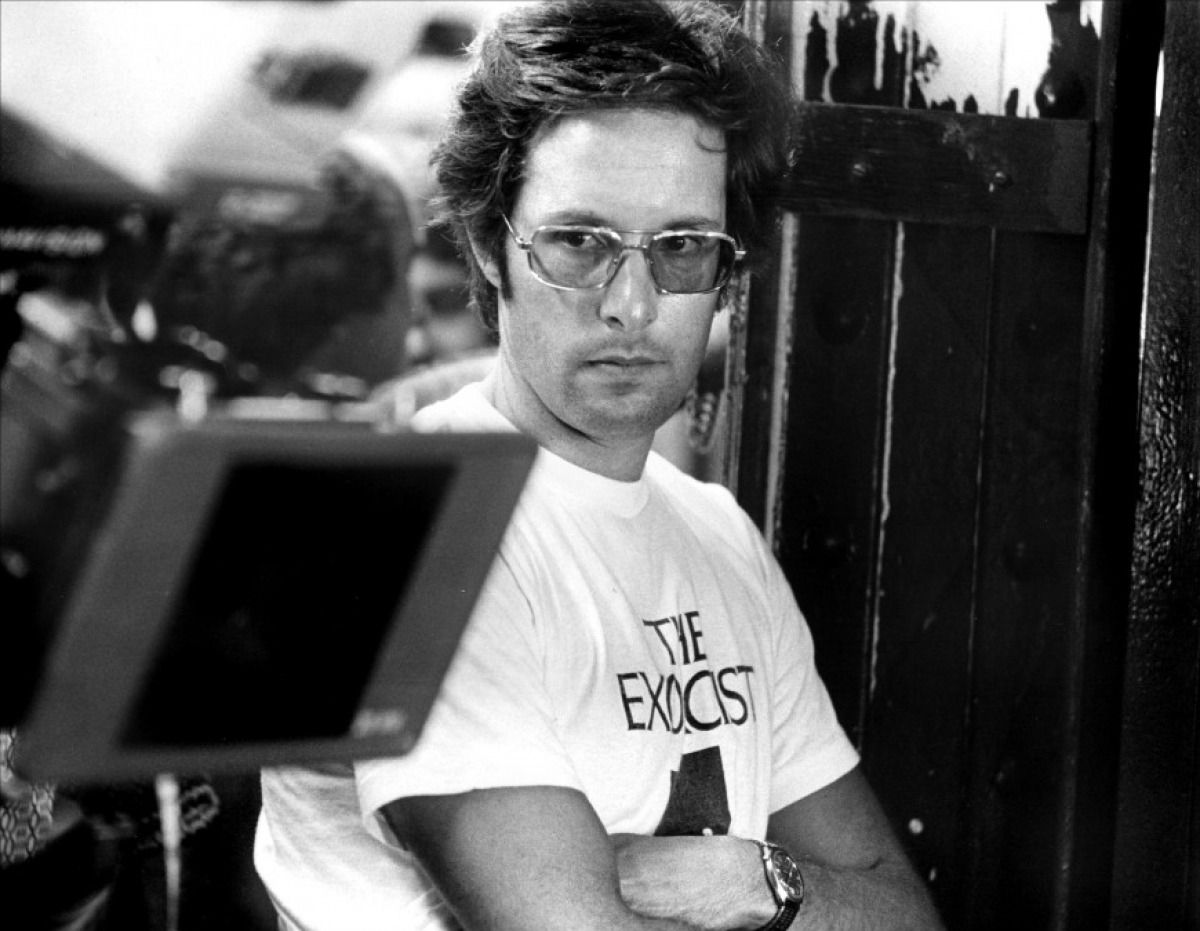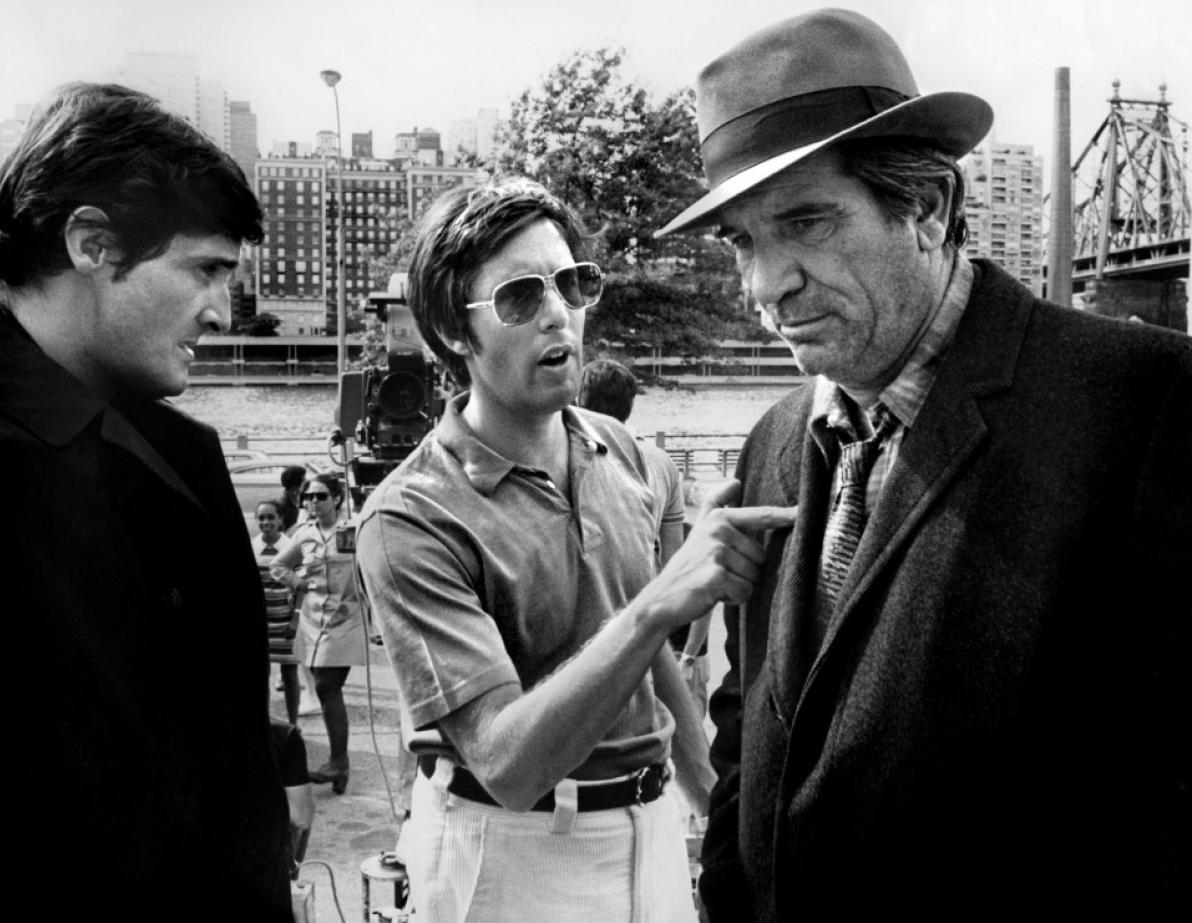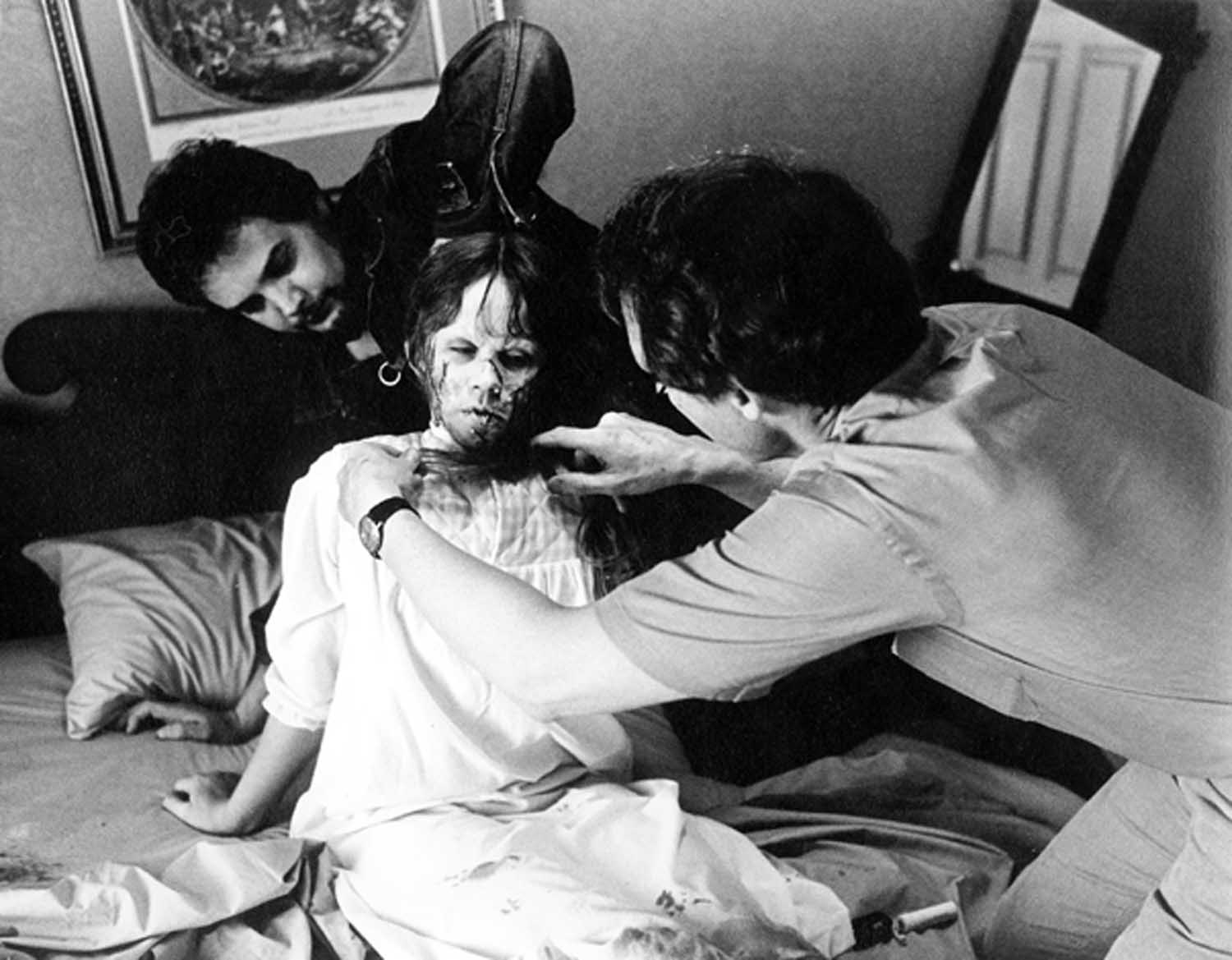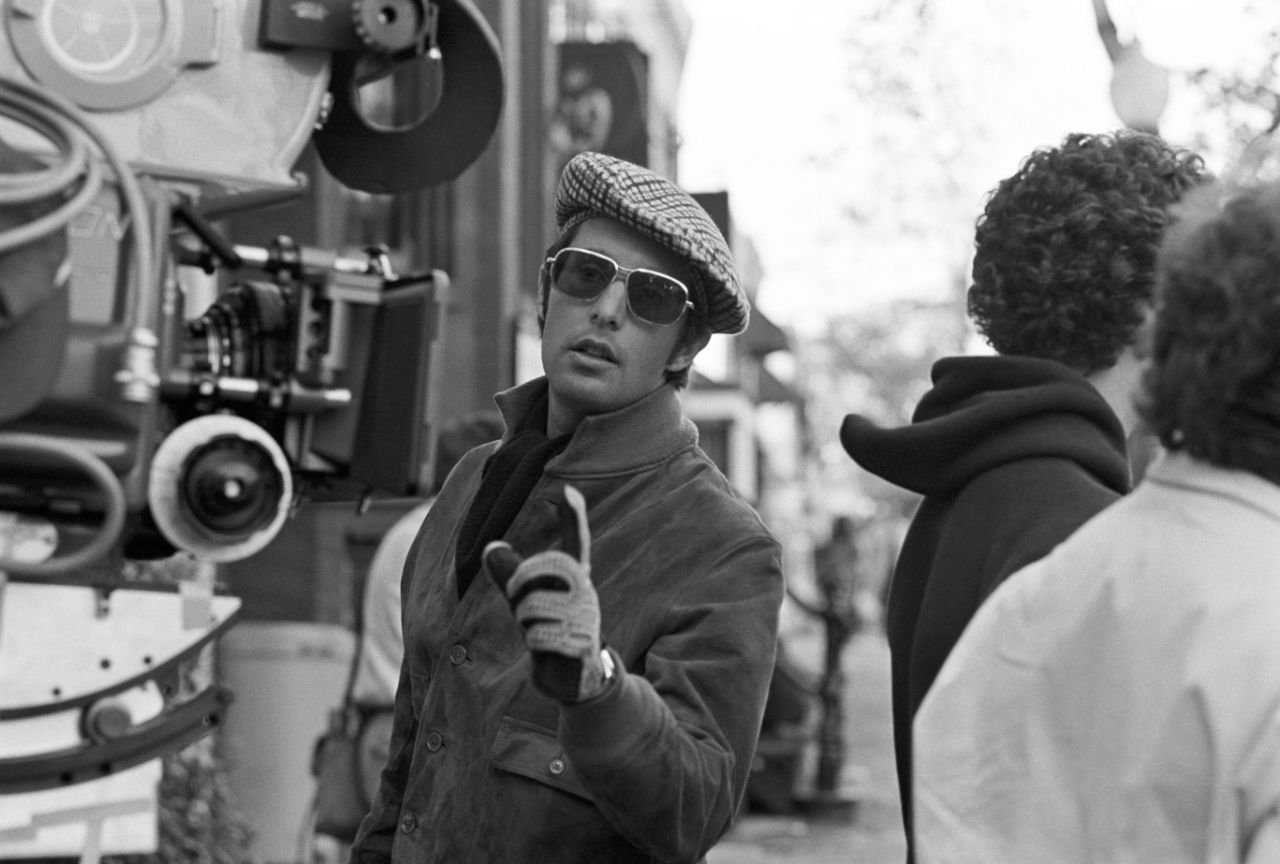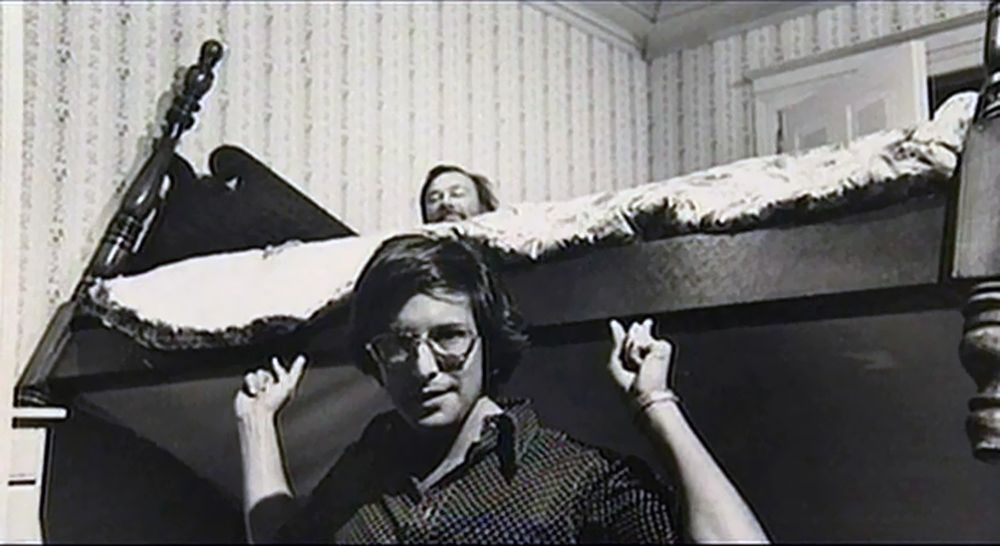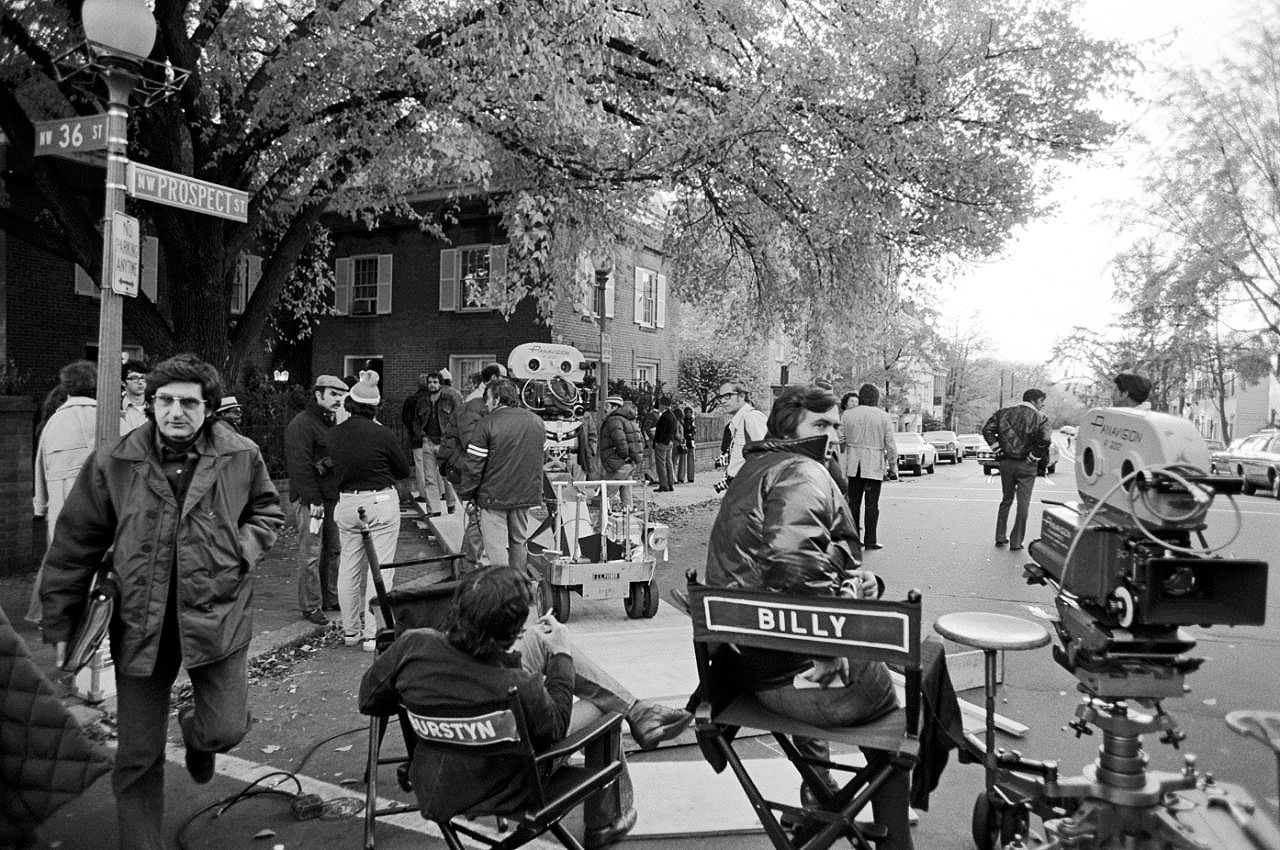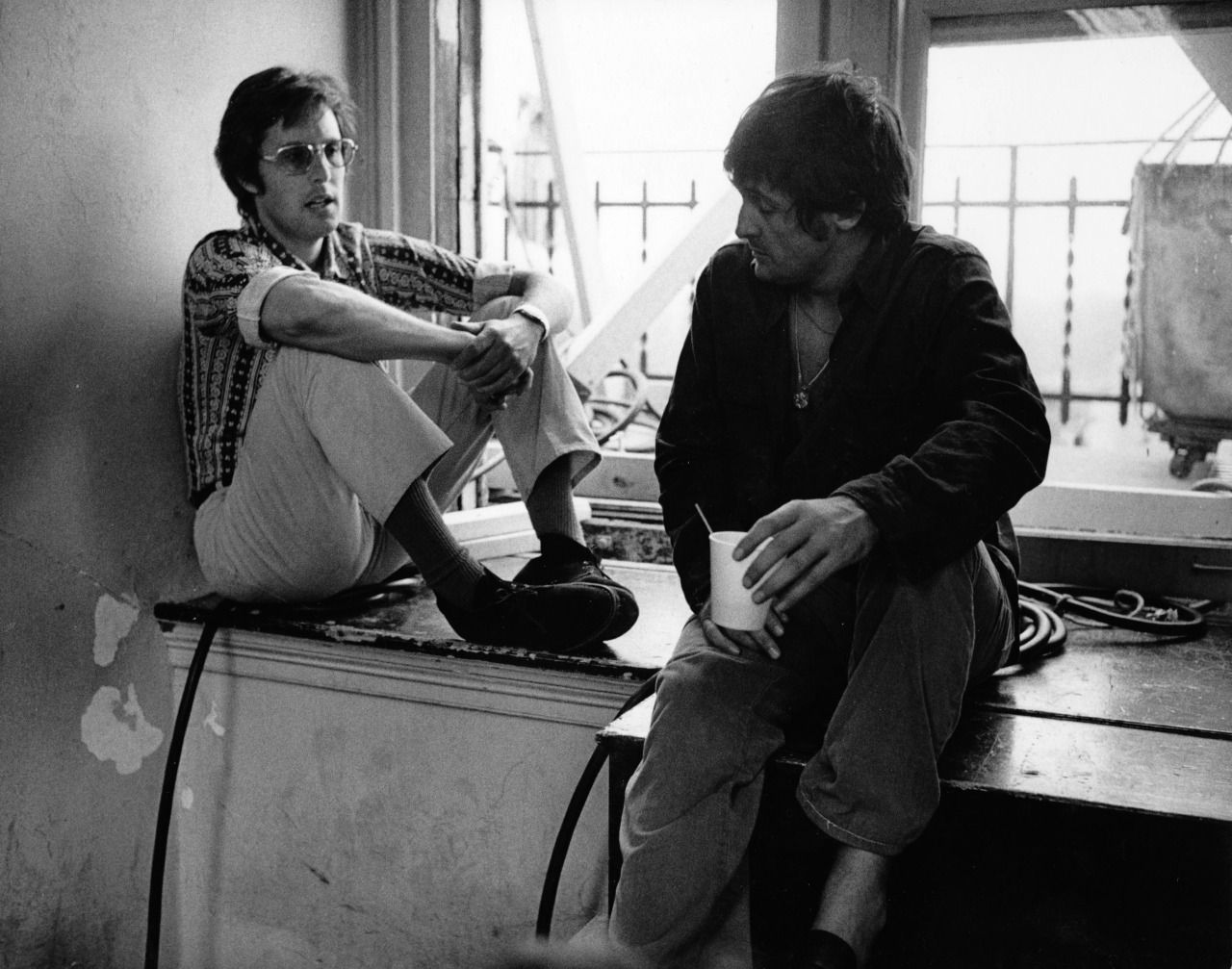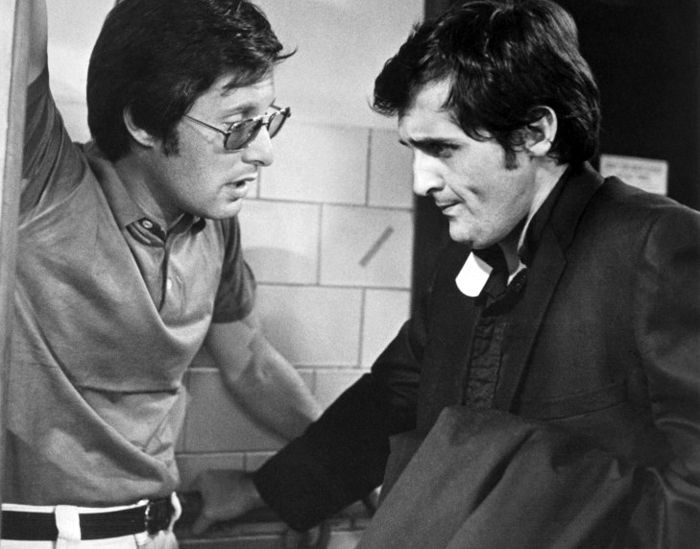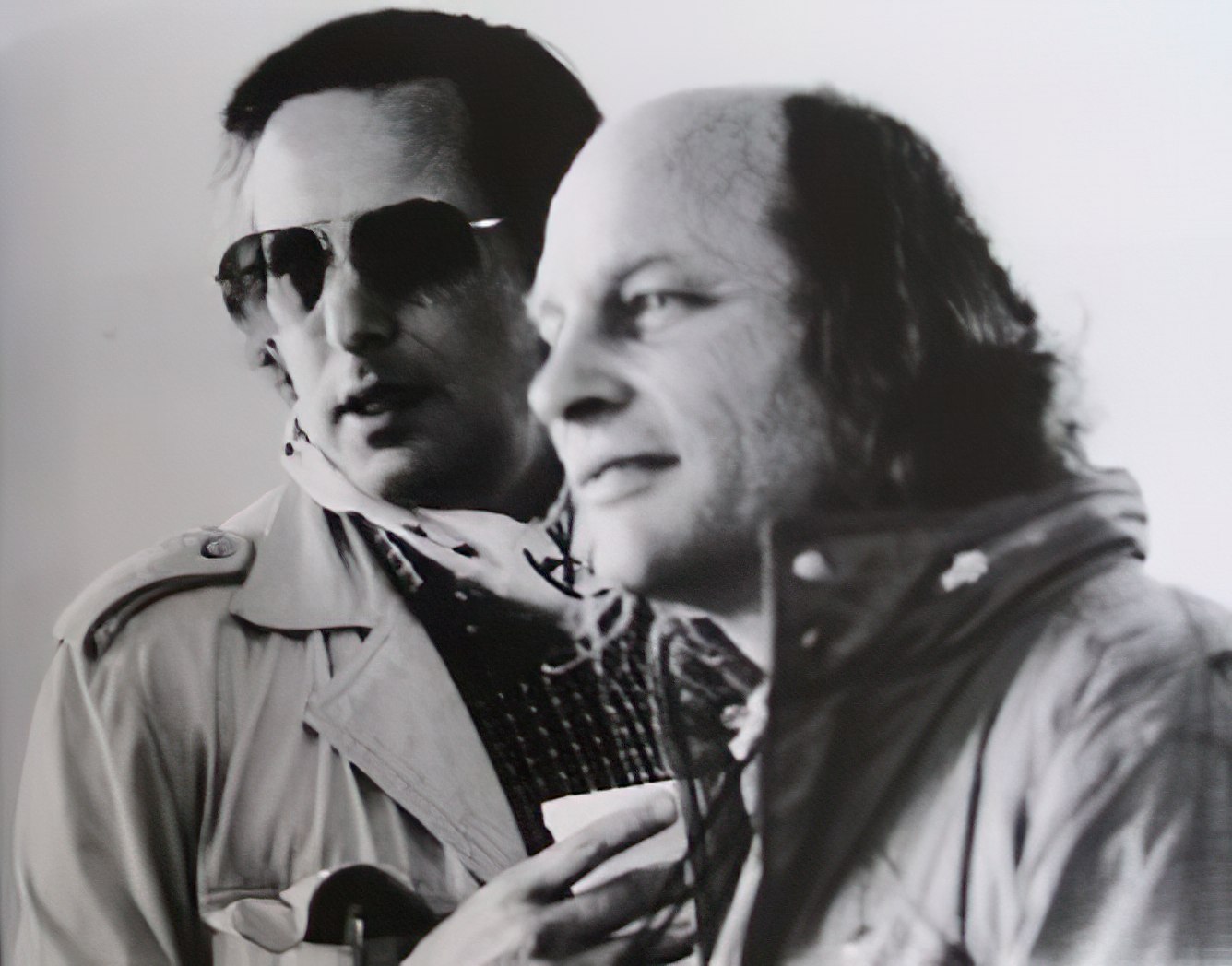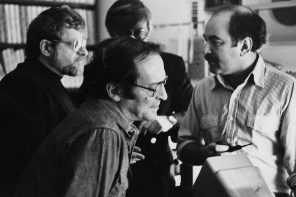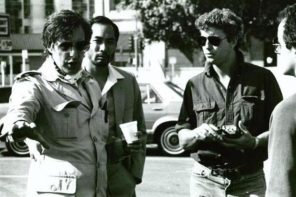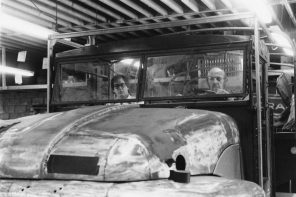It’s difficult to think of a horror film that caused so much controversy and polarized the audience to this degree as did The Exorcist in 1973. William Friedkin’s terrifying masterpiece, based on the book and screenplay by William Peter Blatty, has became a classic in the genre and a firm contender for any list of most impressive horror films of all time. Friedkin’s film is not only a masterful presentation of incredibly effecting special effects, it’s a work of art which deeply, subtly and painfully moves us, exploring the question of faith, good and evil as nothing filmed before. To be honest, watching The Exorcist is not an entirely pleasant experience. To be precise, it’s not pleasant at all. But that’s the trait of many brilliant films, isn’t it? It’s not suppose to entertain us in the cheap, pop-corn-and-pizza sort of way. It was meant to shake us, to drain us emotionally, it’s supposed to leave us devastated. And it delivers magnificently, as Friedkin and Blatty create a haunting, unforgettable experience which makes us regret our relatively young age. To see The Exorcist in a theater back in ’73, among all other unprepared cinemagoers, would be nothing short of a priceless experience.
The Exorcist is a product of a troublesome production period plagued not only by unbearable work conditions in Iraq (130 °F) and behind-the-scene disputes, but also by a series of accidents and tragedies that labeled the film as cursed. Despite all difficulties, Friedkin managed to confidently steer this horrific frigate of a movie in just the right port. Abundantly helped by great performances from the young Linda Blair, carrying most of the weight of the picture on her own shoulders, and much more experienced Ellen Burstyn, Max von Sydow and Jason Miller, with Dick Smith and William A. Farley’s makeup and Marcel Vercoutere’s special effects expertise, The Exorcist is easily the most terrifying film we’ve ever laid eyes on. If you’ve by any chance missed it, or if, tired of all the superficial horror flicks of contemporary Hollywood, you want to replenish your soul with the most effective representative of the genre, expose your mind and heart to Friedkin’s film. The only thing you’ll regret is not attending its premiere 40 years ago.
A monumentally important screenplay. Dear every screenwriter/filmmaker, read William Peter Blatty’s screenplay for The Exorcist [PDF]. (NOTE: For educational and research purposes only). 40th Anniversary Edition Blu-ray is available at Amazon and other online retailers. Absolutely our highest recommendation.
 Loading...
Loading...
SHOT TO REMEMBER: DEVIL’S PLAYGROUND
by Jeffrey Ressner, DGA Quarterly
The powerful imagery featured in the climactic sequence of William Friedkin’s The Exorcist seems familiar and iconic now. Made in 1973, well before the advent of digital special effects and computer animation, The Exorcist stands as a testament to imaginative filmmaking, a classic that still has the ability to shock and scare audiences. The scene Friedkin describes below depicts the ultimate struggle of faith as two Jesuit priests-played by a young Jason Miller and a wizened Max von Sydow-confront ancient demons, which have possessed the body of an innocent 12-year-old girl (Linda Blair).
The exorcism section took nearly a month to shoot and was filmed entirely in sequence, recalls Friedkin, who says he was only able to complete about five shots a day due to the complexity and cold temperature required. Most of it was shot with one camera, and all the sound was recorded separately because of the unusual voices and audio gimmicks. By employing innovative mechanical effects, life-sized puppets, editing tricks, creative lighting and other techniques, Friedkin and his team created a scene that remains unique in the history of horror films. “I’ll be honest with you,” says the director, proud of the film magic he achieved without the help of computers or other digital equipment. “If I was making The Exorcist today, I still wouldn’t use much CGI.”
“In the novel, William Peter Blatty’s description of Father Merrin (von Sydow) arriving outside the home of the child’s mother says he was standing under a streetlight in a misty glow ‘like a melancholy traveler frozen in time.’ I had to find a way to visualize that, and I allowed a full day to light the scene. We used arc lights and troopers to light the street, in addition to boosting the practical lighting like the streetlamps. After a great deal of trial and error, we filmed on the second night. The painting that inspired me was René Magritte’s The Empire of Light that depicted a small house at night lit by a streetlamp, but the sky in the painting is flat-out daylight. It’s an amazing surrealistic image.” —William Friedkin, Devil’s Playground
Here is a bit of must-see The Exorcist interviews treasure: in this rare and never-aired episode of the Z-Channel series hosted by Mick Garris, director William Friedkin talks about making The Exorcist and shares his candid opinion of its sequel.
In this interview from 1980, host Mick Garris talks with author William Peter Blatty about his novel The Exorcist and its film adaptation, and The Ninth Configuration (1980), which he wrote and directed.
THE FEAR OF GOD: 25 YEARS OF ‘THE EXORCIST’
Aired by the BBC in 1998 and produced by renowned Exorcist journalist Mark Kermode, The Fear of God: 25 Years of The Exorcist stands as the best—and really the only official documentary—about the making of The Exorcist. It features one of the last ever interviews with Jason Miller before his death as he speaks about playing Father Karras, and brings together all of the cast and crew to discuss how they came to create one of the greatest horror films of all time all those years ago. The documentary was featured on the 25 Year Anniversary editions of The Exorcist. Courtesy of Everything Exorcist.
THE GODFATHER OF MAKEUP
The legendary makeup effects genius Dick Smith has died last year aged 92. Here’s behind the scenes home movies featuring makeup and effects work created by ‘Godfather of Makeup,’ clips courtesy of the director of photography on the Exorcist, Owen Roizman.
Dick Smith’s makeup process with Linda Blair.
One of the most fascinating aspects of The Exorcist Blu-ray release last year was the famed Owen Roizman footage from behind the scenes finally being shown for the first time. Never-before-seen footage of cast and crew working diligently in silence (the footage has no sound) to make one of the most famous horror films of all time makes for eerie viewing. Especially exciting for Exorcist fans who had desired such rare snippets for decades. —Owen Roizman’s rare footage from the set of The Exorcist
The exorcism sequence did involve some very special problems. One of these stemmed from the fact that in the story anyone who walks into the child’s room becomes extremely cold and develops a chill. The only way you can really show that kind of cold is to be able to see the breath of the characters—and the only way to see this breath is to actually have them in a very cold room. For this reason, the child’s bedroom was duplicated and built inside a ‘cocoon’, which was refrigerated to about 20 degrees below zero. We tried it first at just below freezing and you could see some breath, but it really wasn’t enough and as soon as the lights were turned on the heat took care of the cold so quickly that we couldn’t even make a take. We found out during the test period that this wouldn’t work, so we went back to the drawing board. A system was developed that could refrigerate the room quickly to any temperature from zero to 20 below.
The breath showed up fine at zero, but Friedkin wanted the actors to really feel the cold because he felt that would help their acting. The only way we could get the breath to show was to back-light it. This created a problem, because the light source we had to work with was always coming from right next to the bed and the two priests who were performing the exorcism were always facing the light. Had we back-lit the scene it would have looked like light coming from some phony source. The challenge was to get back-light on the breath while keeping everything else dark. This is simple to do if you’re shooting a still photograph, because the person doesn’t move. But with the actors moving all the time, it got to be a bit difficult. It was always a matter of finding a place to hide the back-light and finding a way to keep it off the actors. —Owen Roizman, American Cinematographer, February 1974
Academy-award winning director William Friedkin discusses his early career—including making documentaries for David L. Wolper, working for Alfred Hitchcock and what he learned from studying his films, and directing his first movie Good Times (1967), starring Sonny and Cher; how his career path led to making The Exorcist, his initial reaction to reading the source material, the story’s theme of Good versus Evil, and the role his own faith played in his approach to making the movie; the techniques he used to generate suspense and fear in the audience, his use of subliminal imagery, and his reasons for recently restoring deleted footage to the film. In the conclusion of his interview with fellow director Mick Garris, Friedkin discusses his collaboration with make-up artist Dick Smith on The Exorcist, and the sensation that film caused on its release; he also discuss recent movies and moviemakers he admires, his own work on television, and his passion to create.
THE CULTURAL IMPACT OF ‘THE EXORCIST’
A special feature from the mid 1970s on the cultural impact of William Friedkin’s The Exorcist.
Behind THE EXORCIST takes you beyond the confines of Regan’s bedroom and reveals the mechanics behind one of the most influential films of all time; from the blood, sweat and tears that went into achieving the ground-breaking special effects, to the mass hysteria and impact the film had, and continues to have, on audiences and popular culture.
These Cinefantastique issues came out around the time that the film came out, so it is interesting to get such a fresh perspective on some of the historical context surrounding the film’s release. A grateful thanks to Tyler Knudsen for scanning the articles for us.
Here are several photos taken behind-the-scenes during production of William Friedkin’s The Exorcist. Still photographer: Josh Weiner.
Get Cinephilia & Beyond in your inbox by signing in

